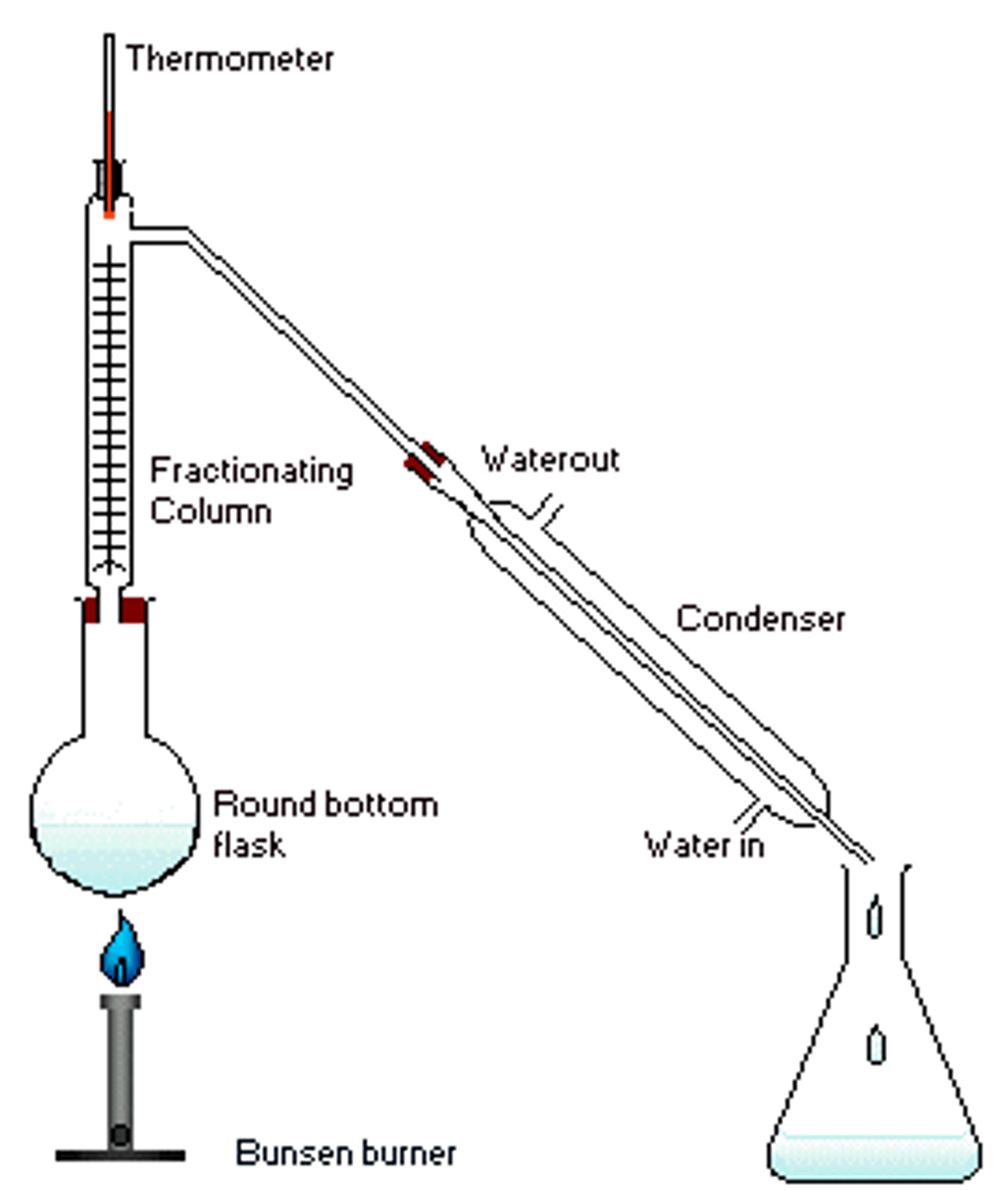chem lab equipment
1/49
There's no tags or description
Looks like no tags are added yet.
Name | Mastery | Learn | Test | Matching | Spaced |
|---|
No study sessions yet.
50 Terms
beaker
hold solids or liquids that will not release gases when reacted or are unlikely to splatter if stirred or heated
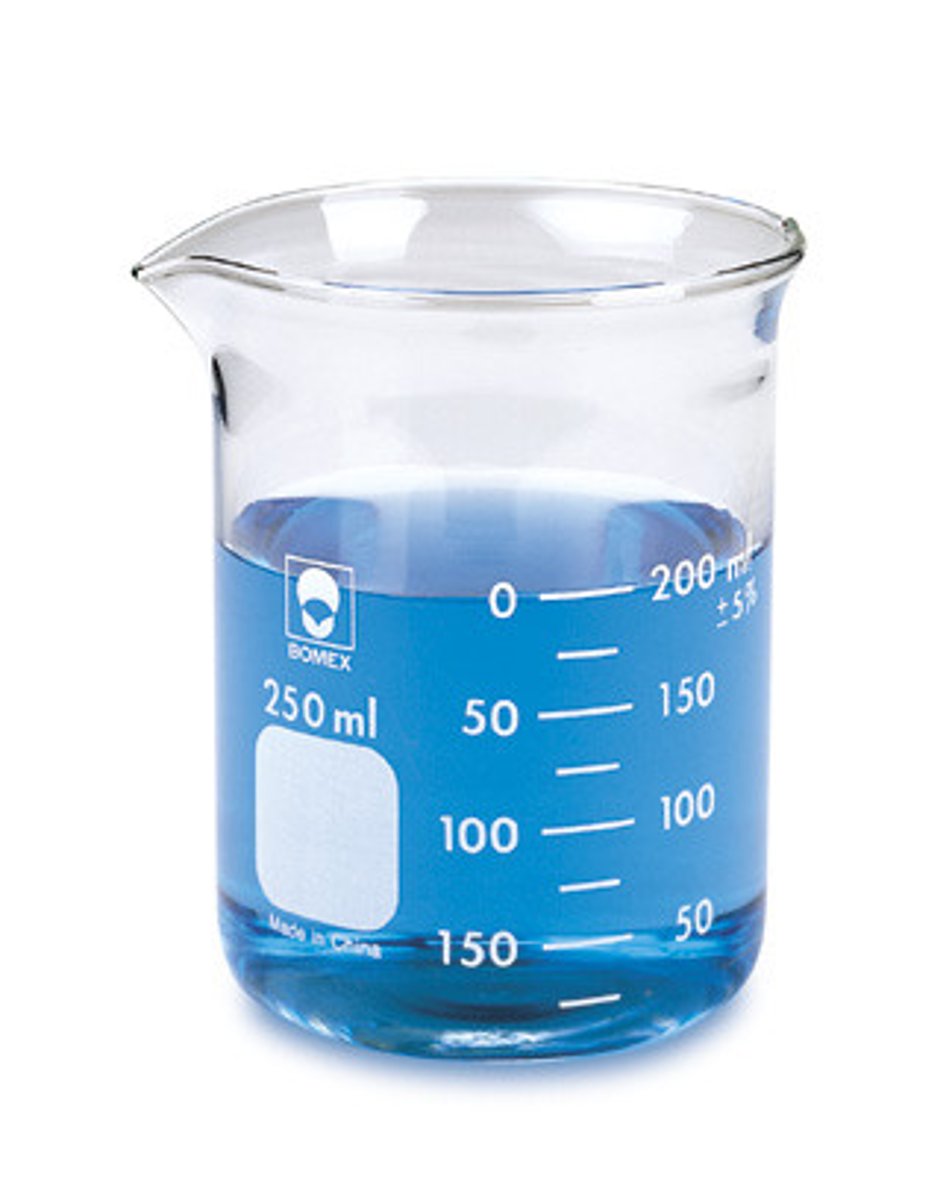
mortar and pestle
used for crushing and grinding
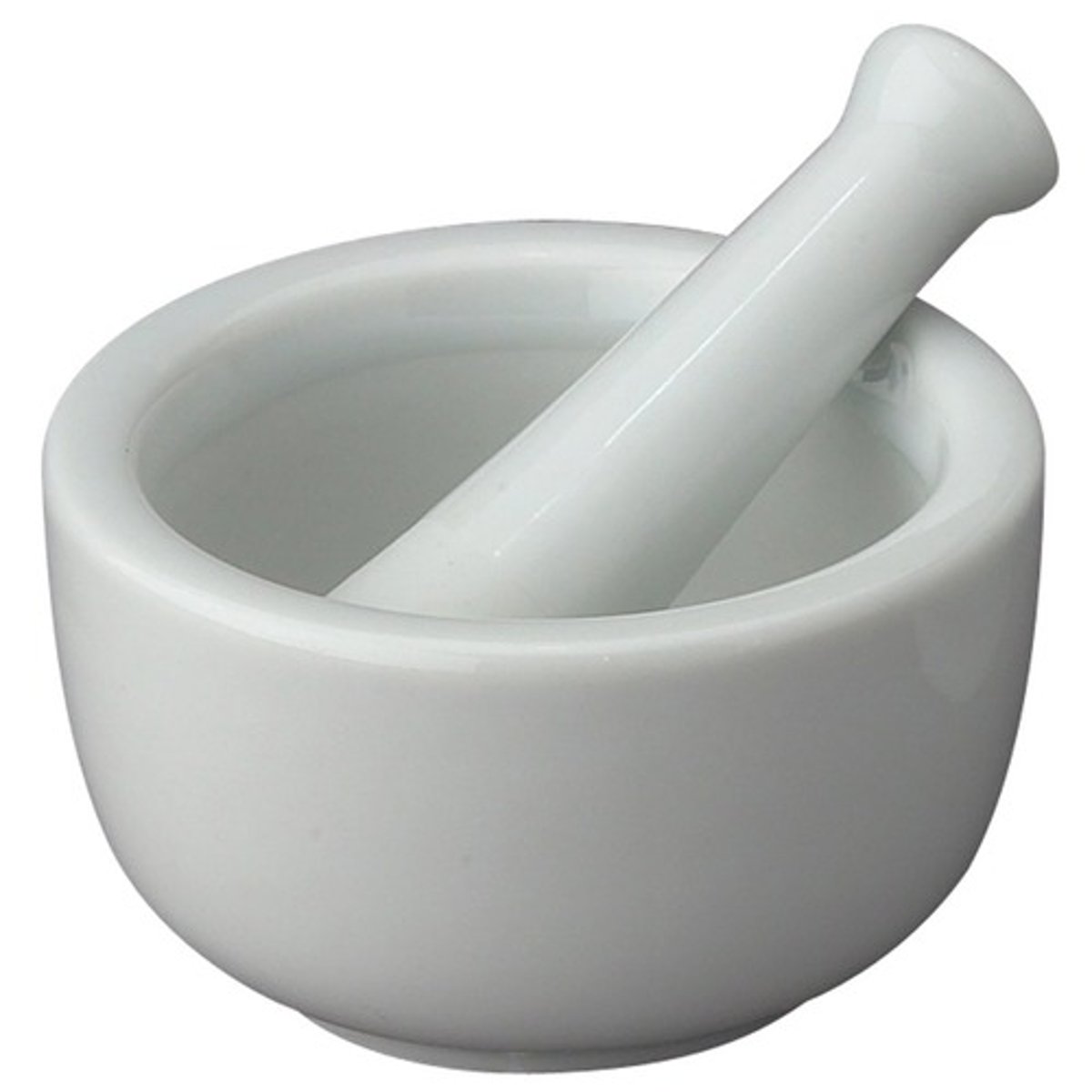
electronic balance
used to show the weight of a substance
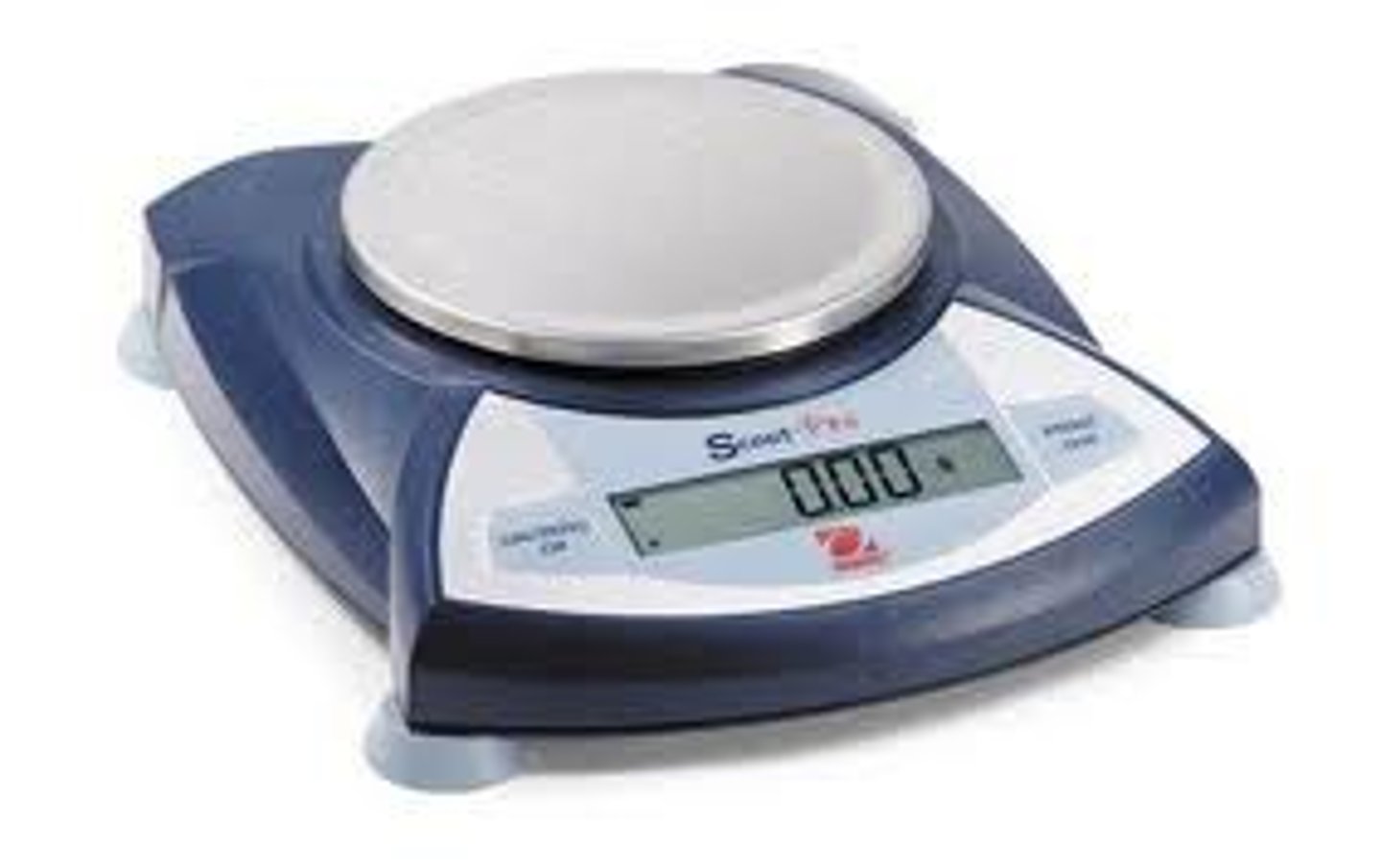
tare/zero button
used to make the electronic balance read "0.00"
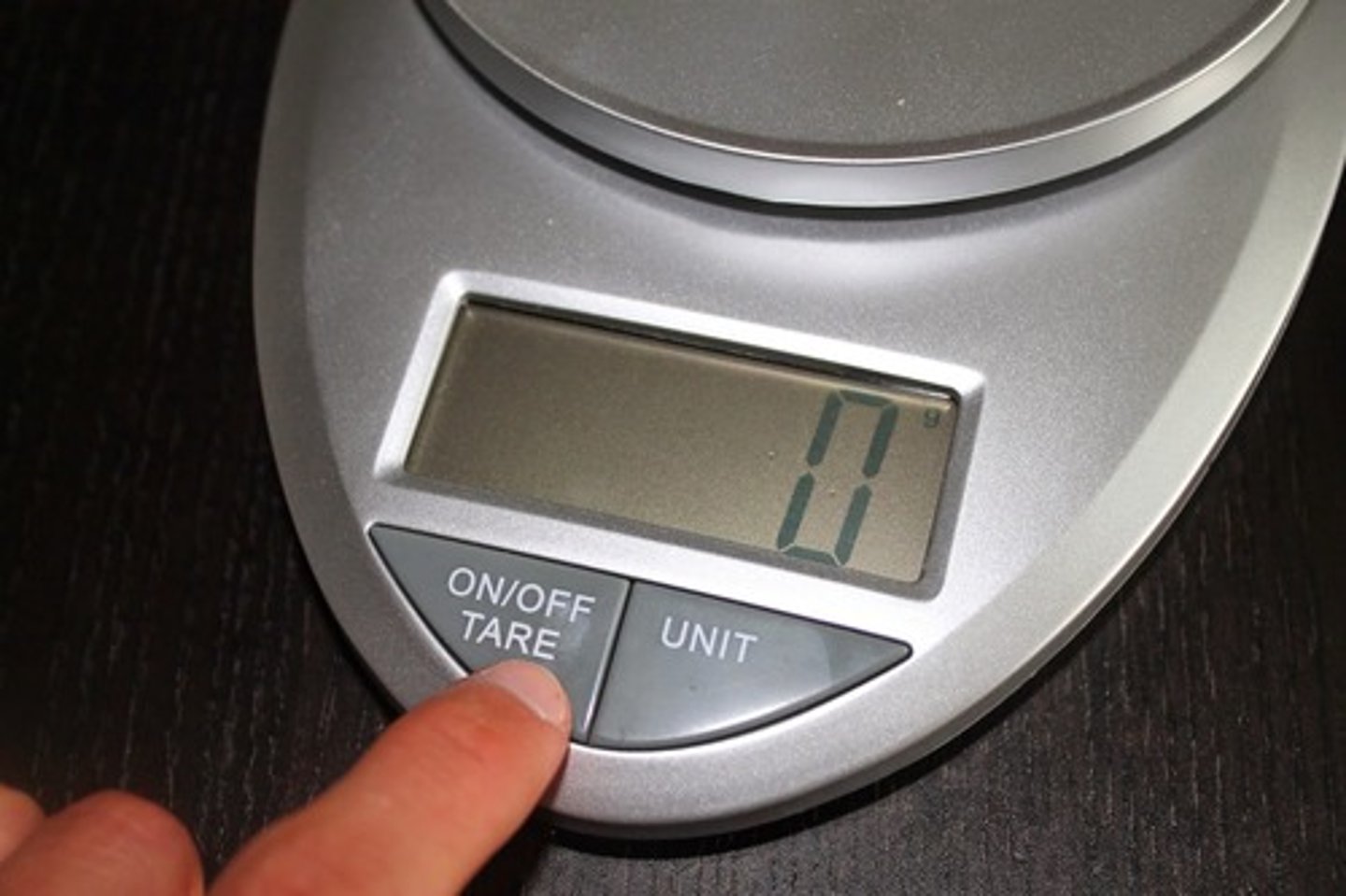
erlenmeye flask
holds solids or liquids that may release gases for a reason or that are likely to splatter if stirred or heated
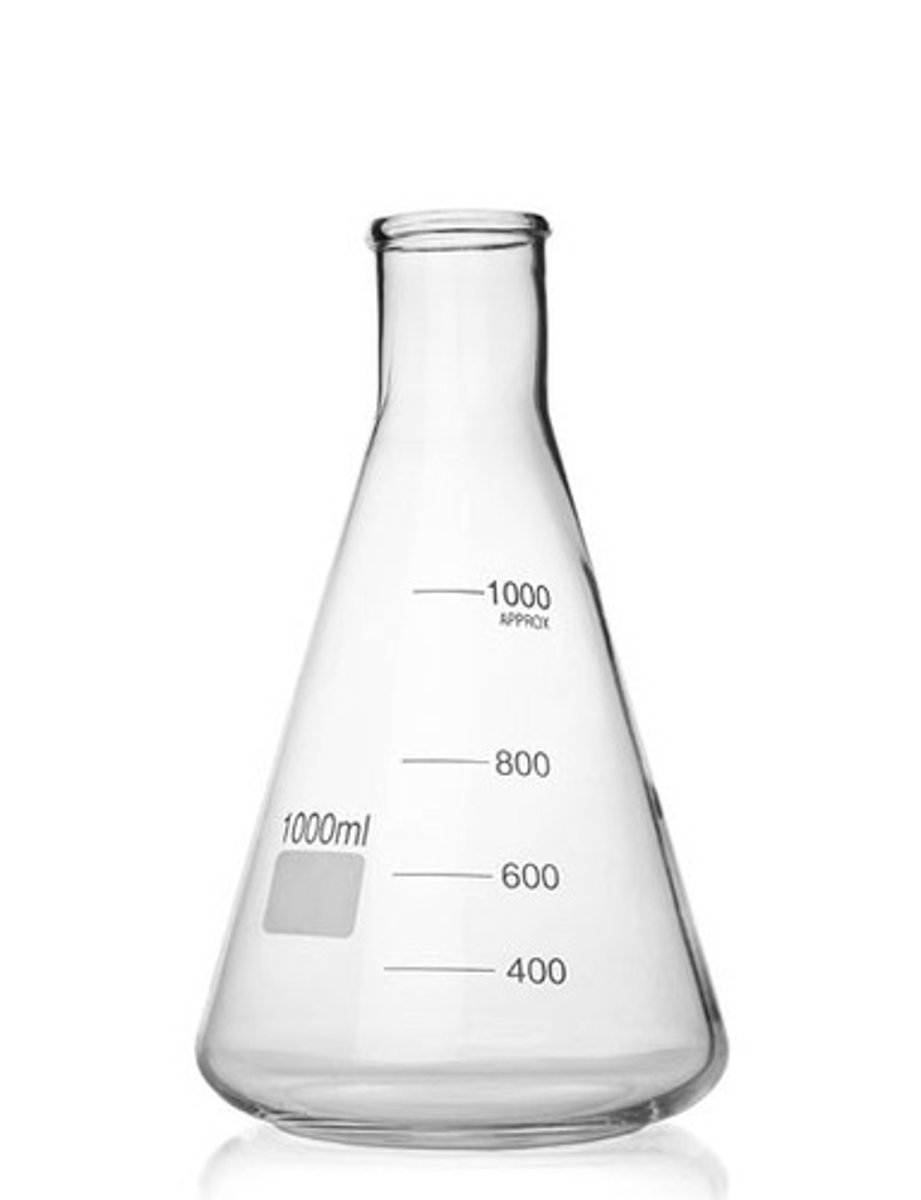
volumetric flask
used for making precise solutions
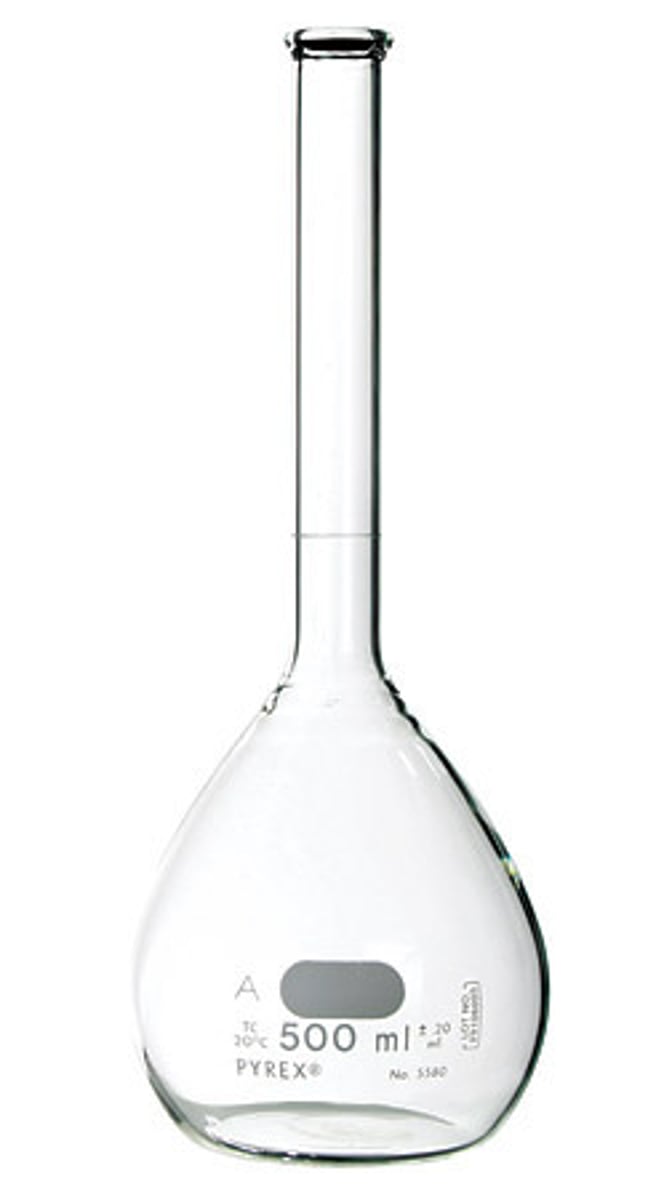
graduated cylinder
used to measure volumes of liquids
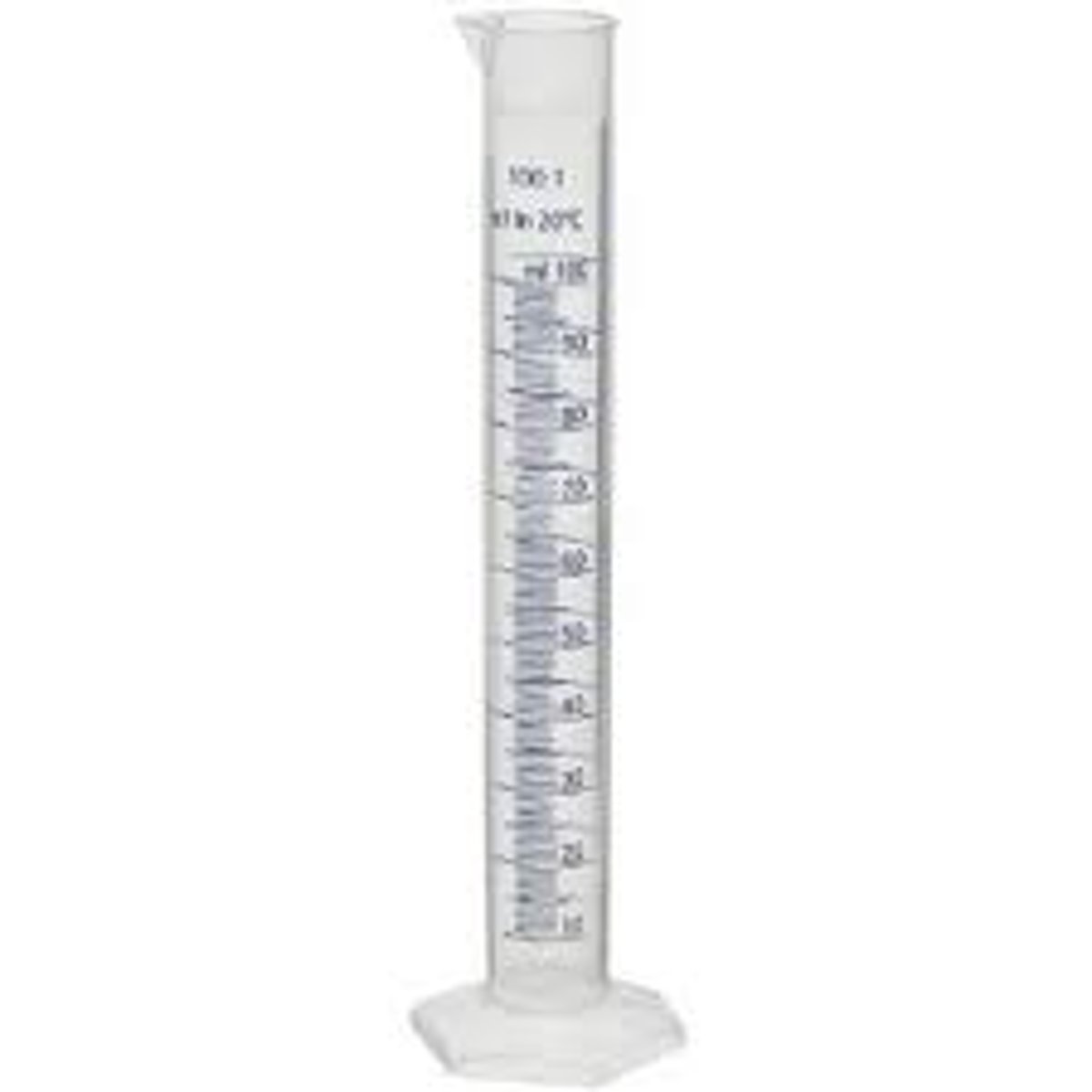
test tubes
holds chemicals during experiments
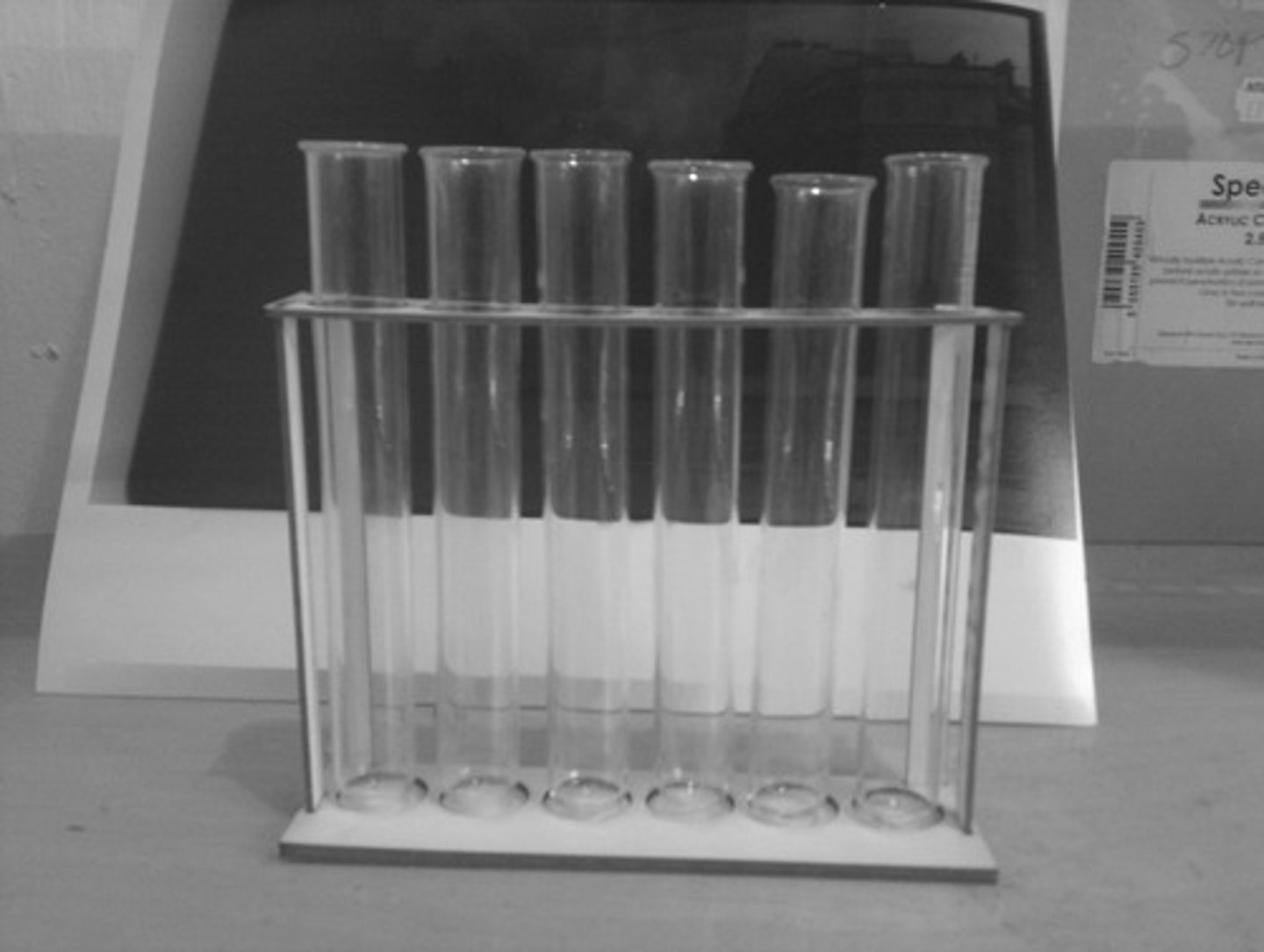
test tube holder
holding a test tube which is too hot
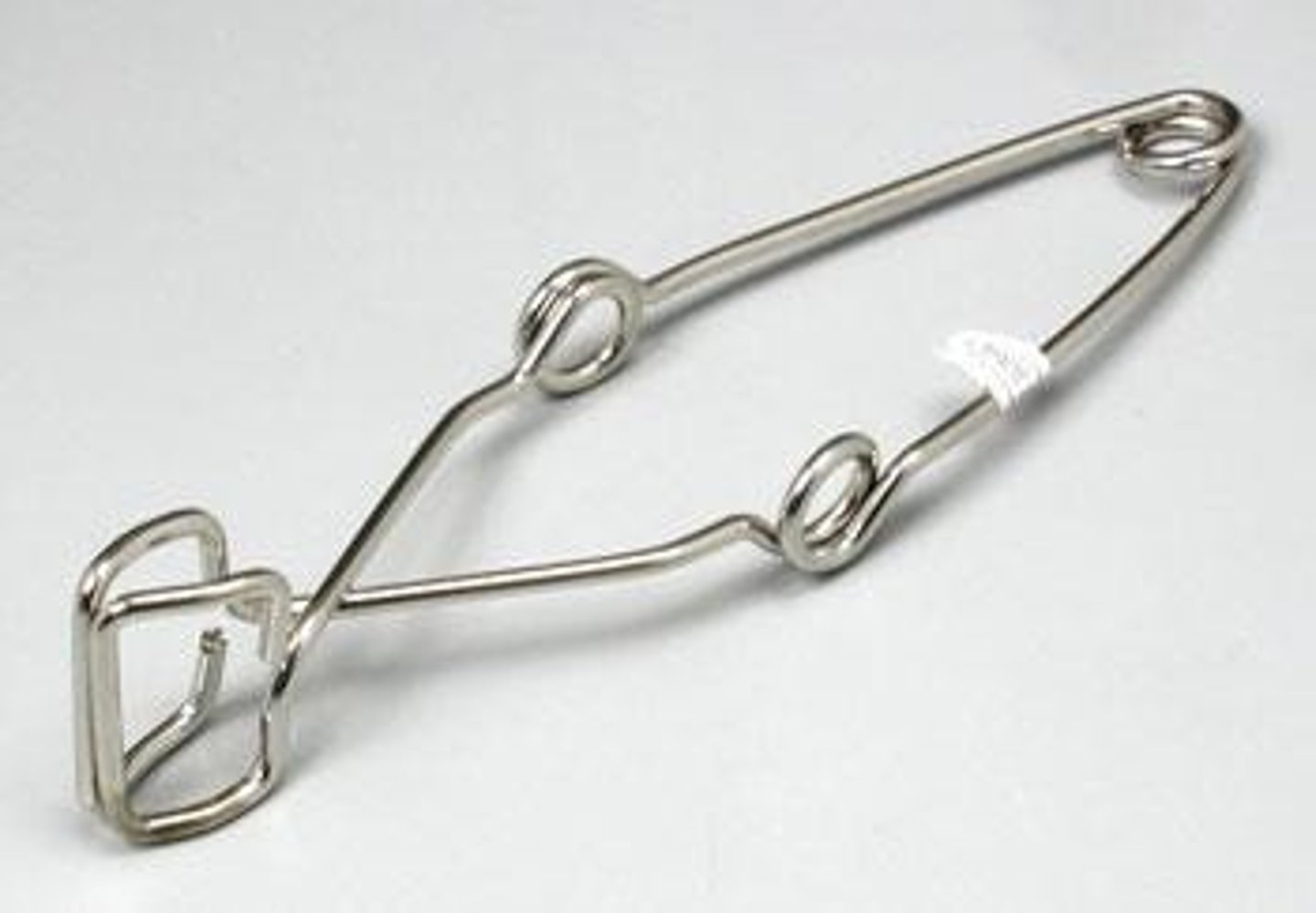
test tube racks
used for holding and organizing test tubes on the lab counter
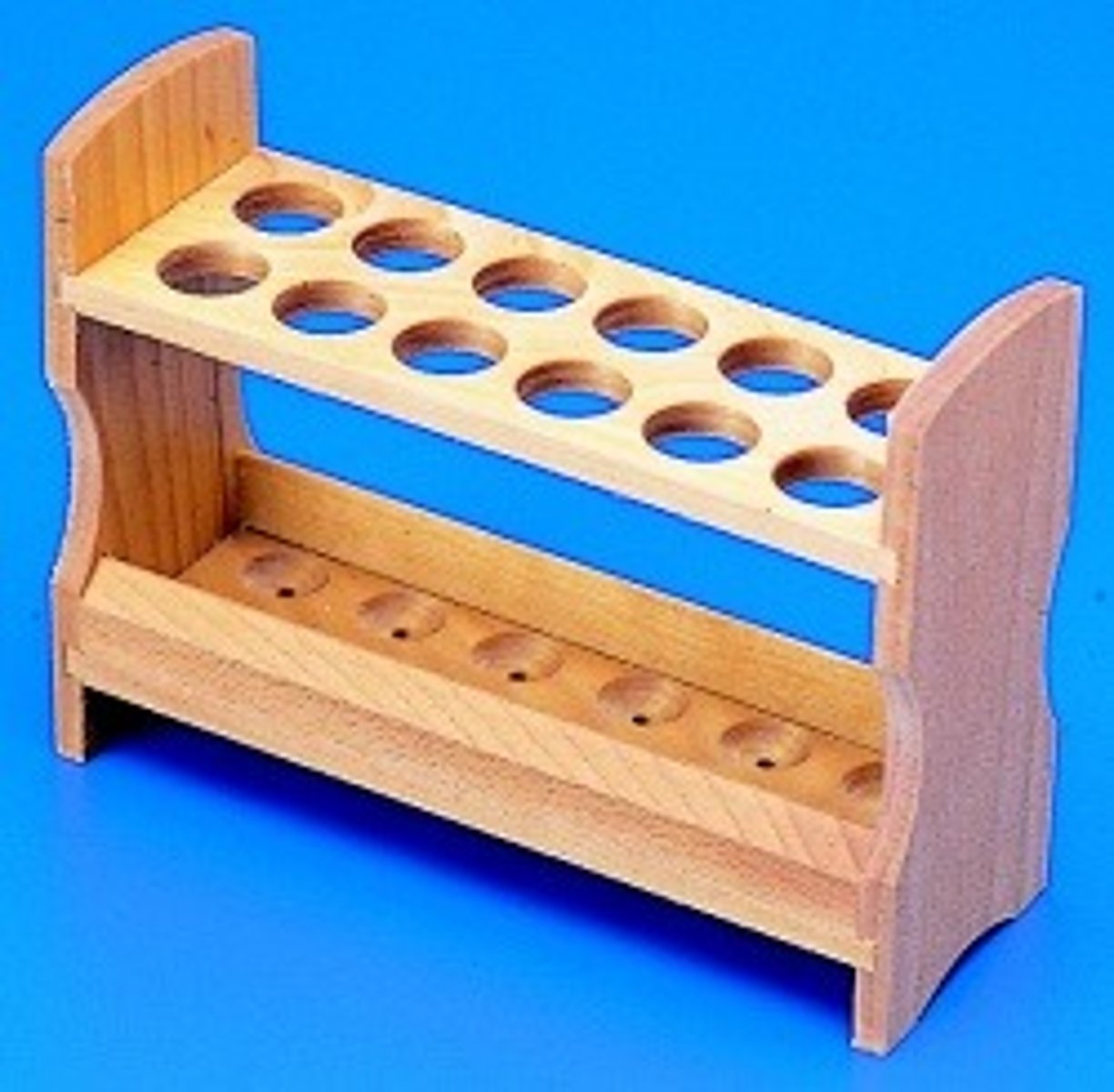
funnel
used to aid the transfer of liquid from one vessel to another
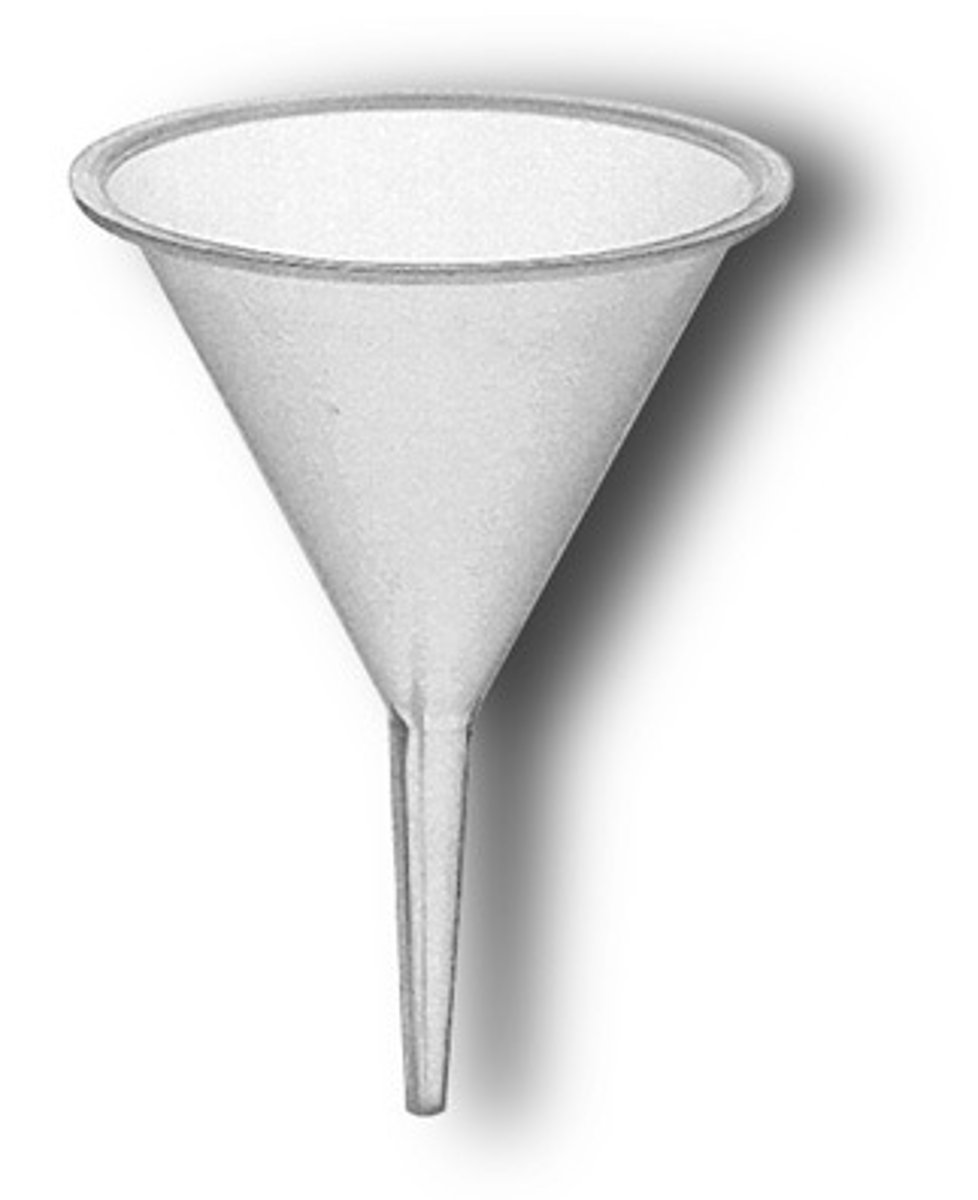
wash bottle
spout delivers wash solution to a specific area (distilled water)
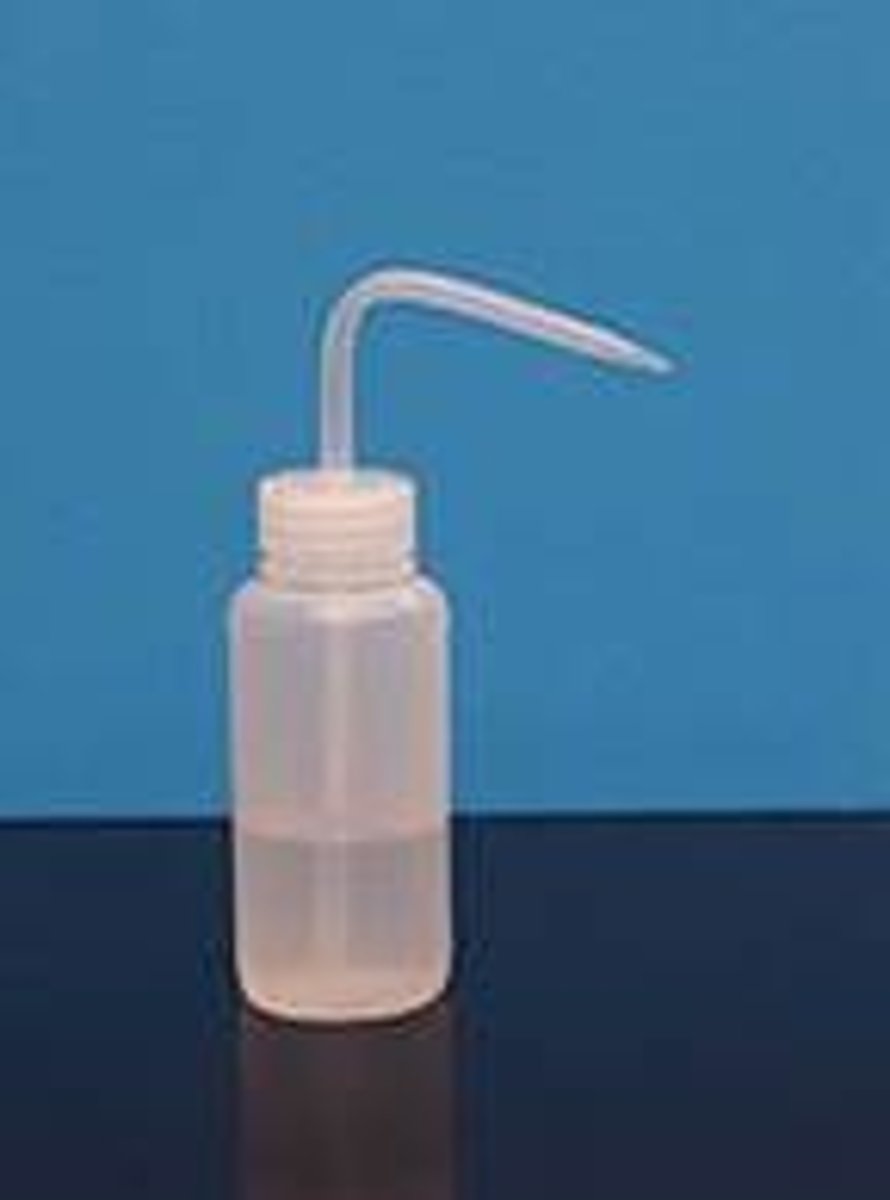
beaker tongs
used to move beakers containing hot liquids
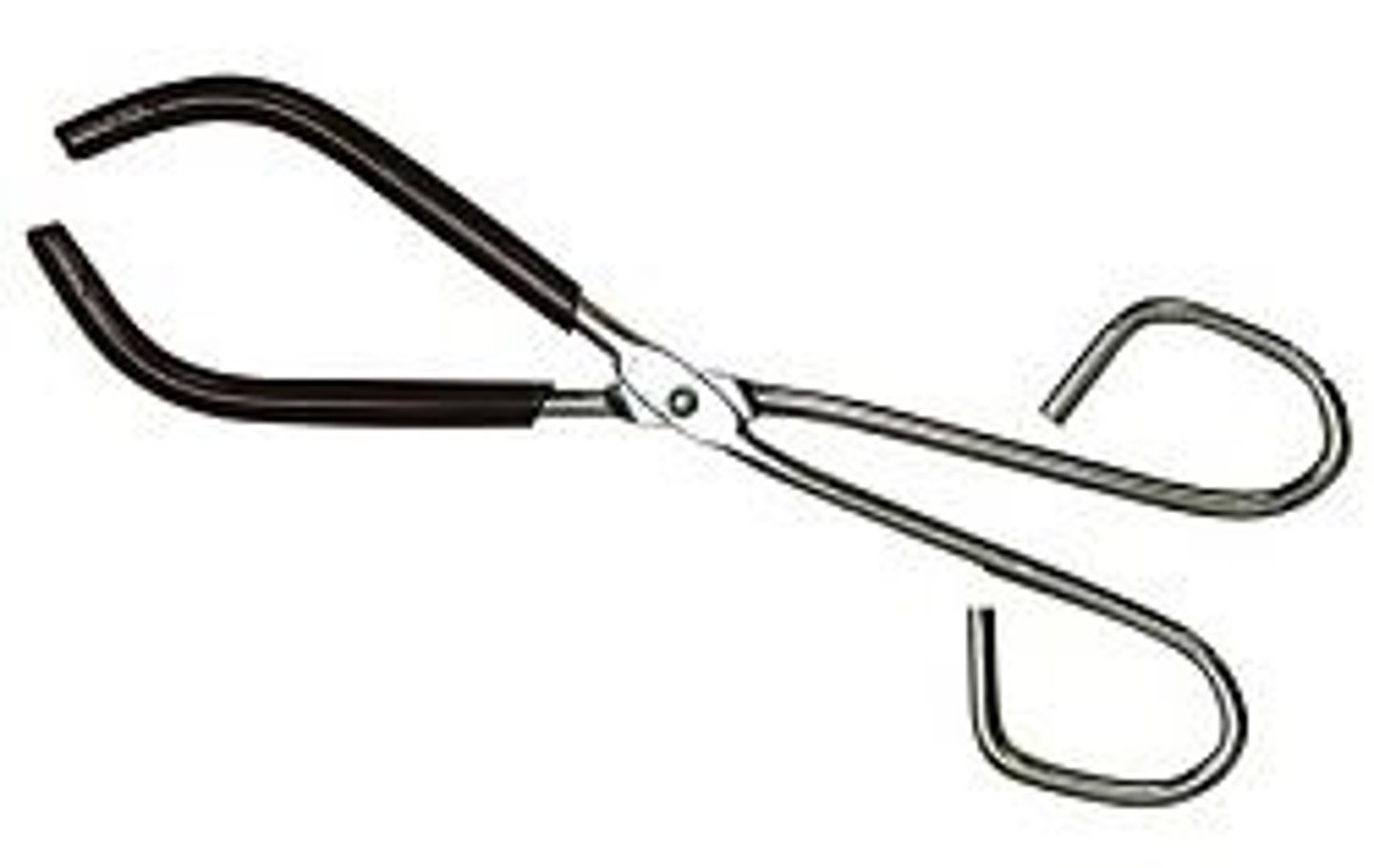
crucible tongs
useful for grasping hot crucibles, flasks, test tubes, or dishes
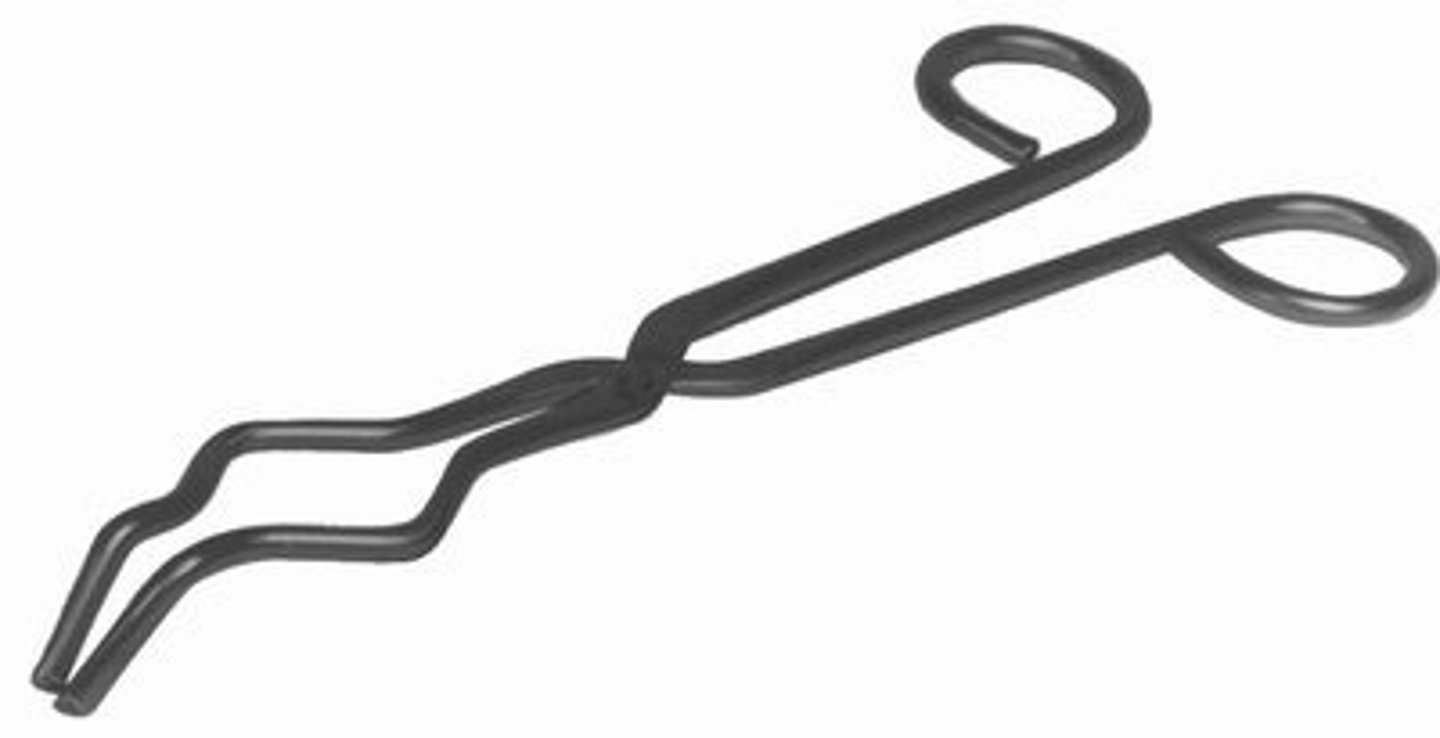
hot plate
allows for controlled delivery of heat
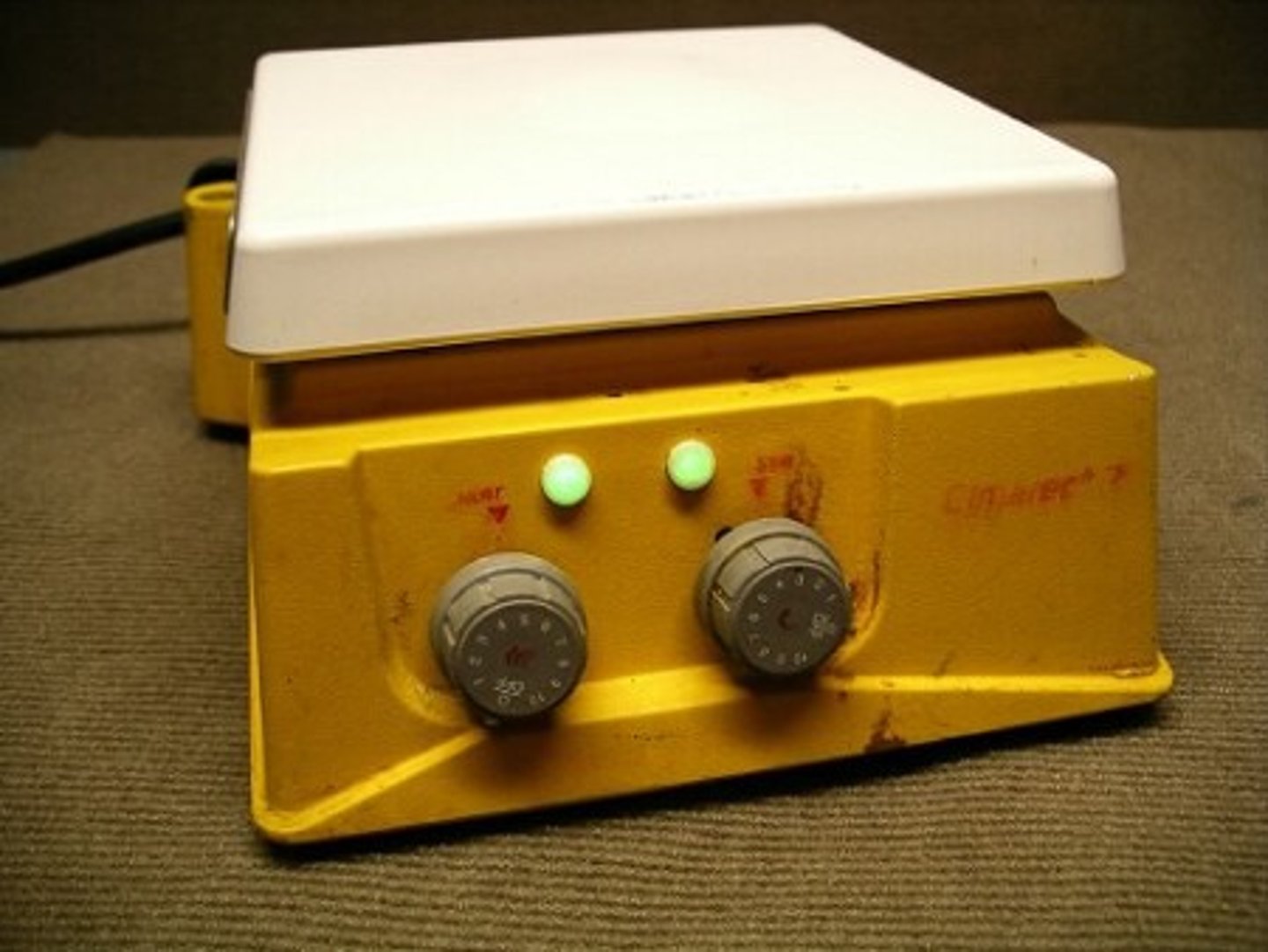
plastic pipettes
used to transfer liquids from one container to another
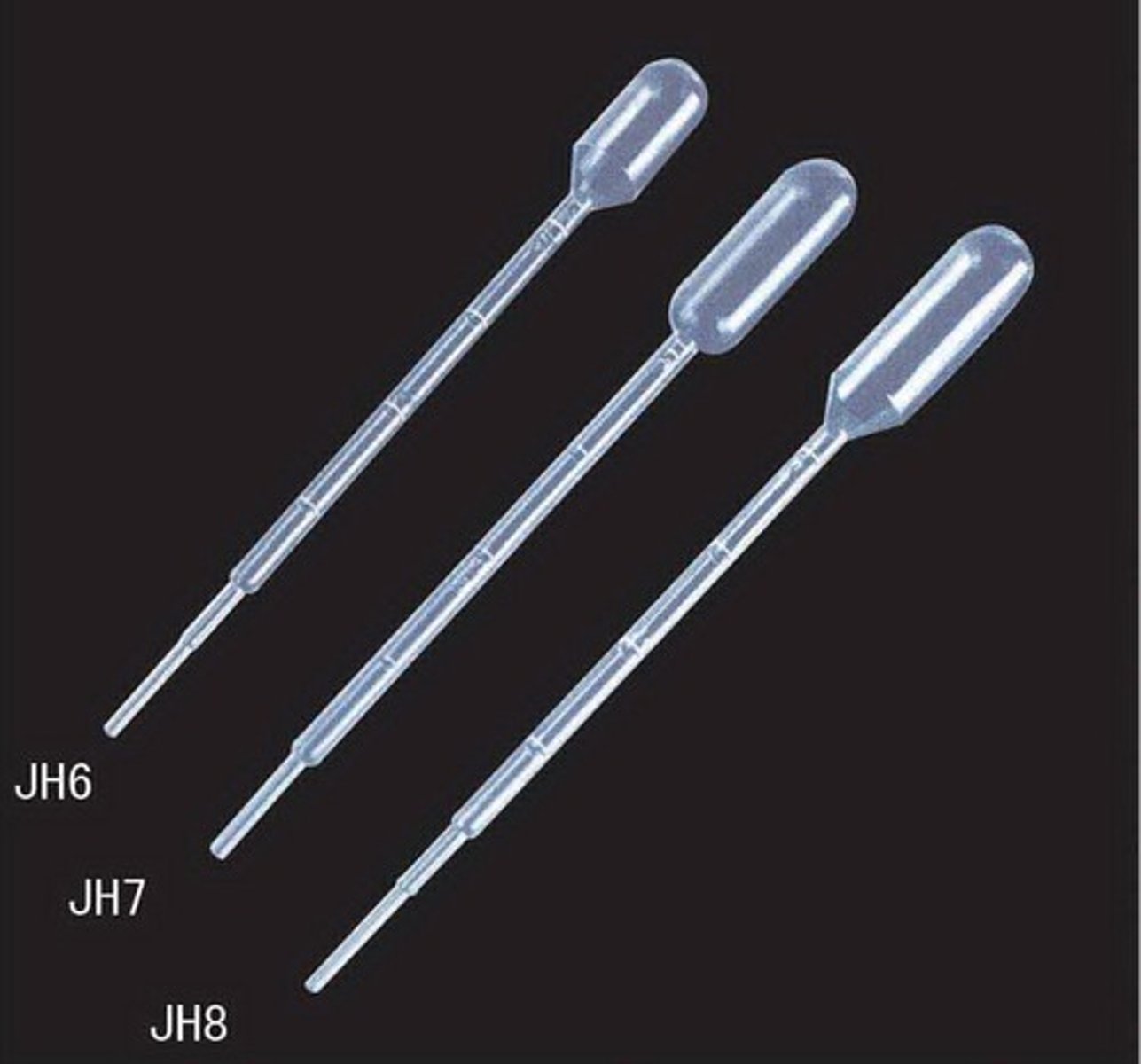
spot well plate
used to hold small volumes of chemical
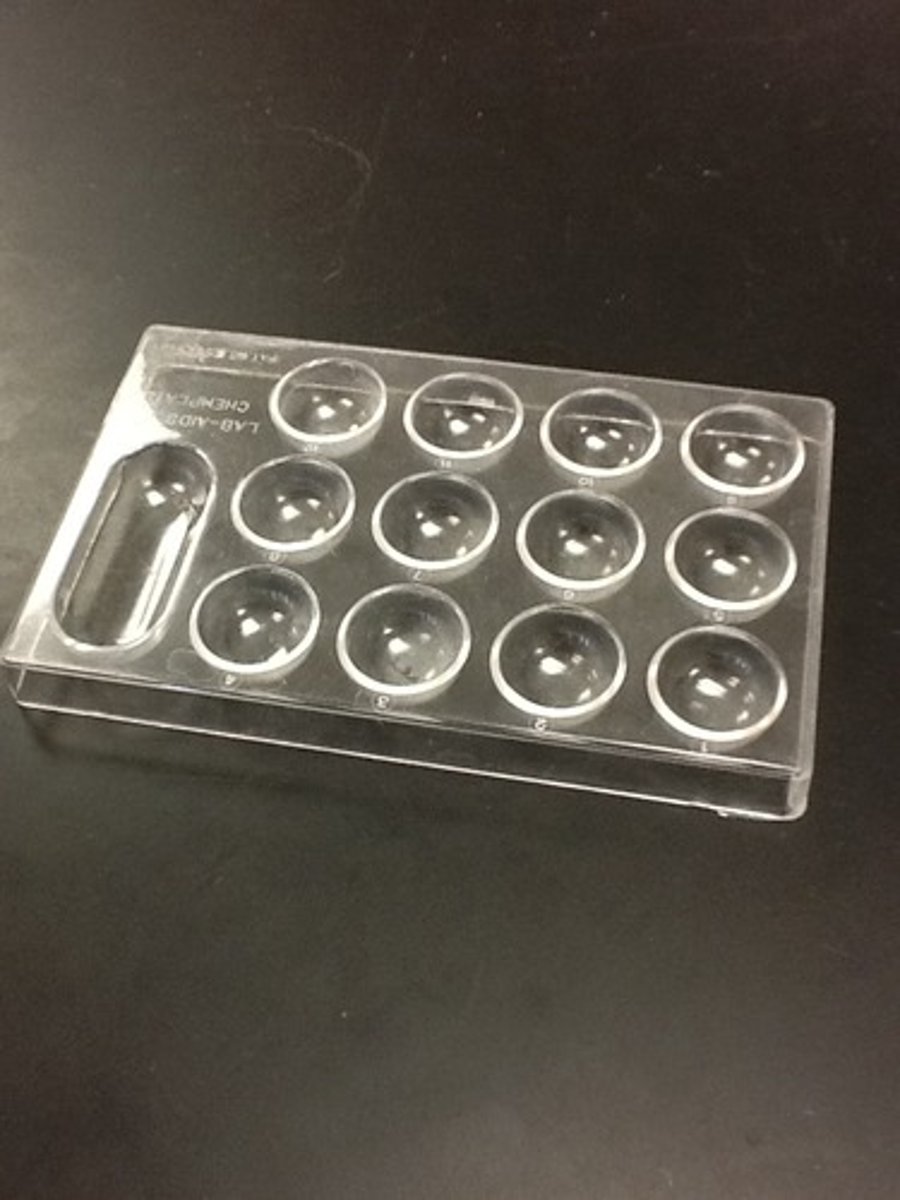
thermometer
used to measure temperature
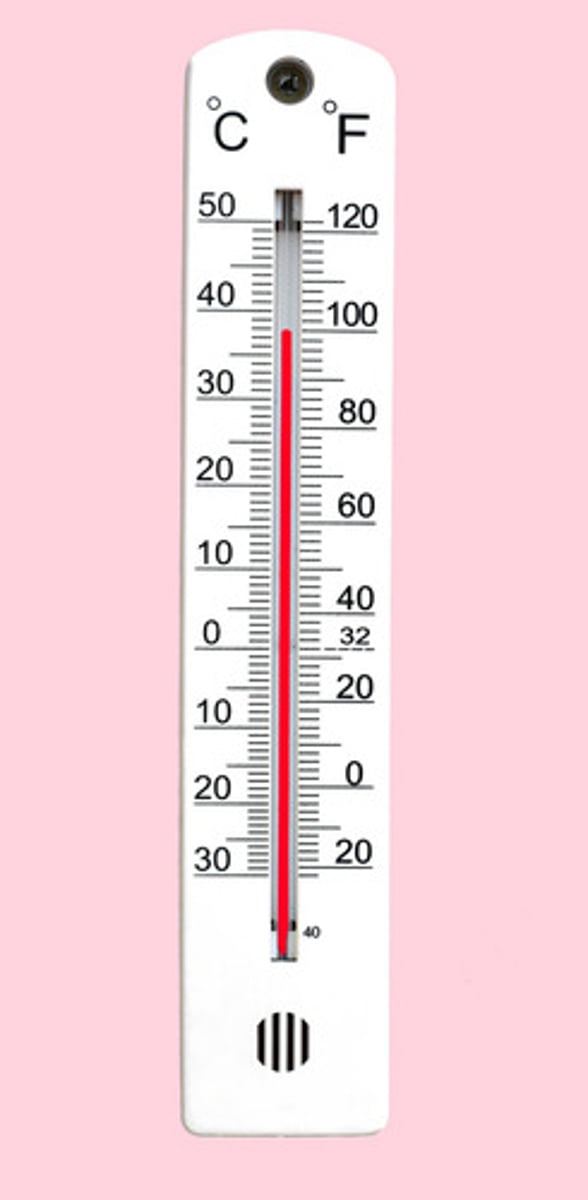
bunsen burner
used for heating of nonvolatile liquids and solids
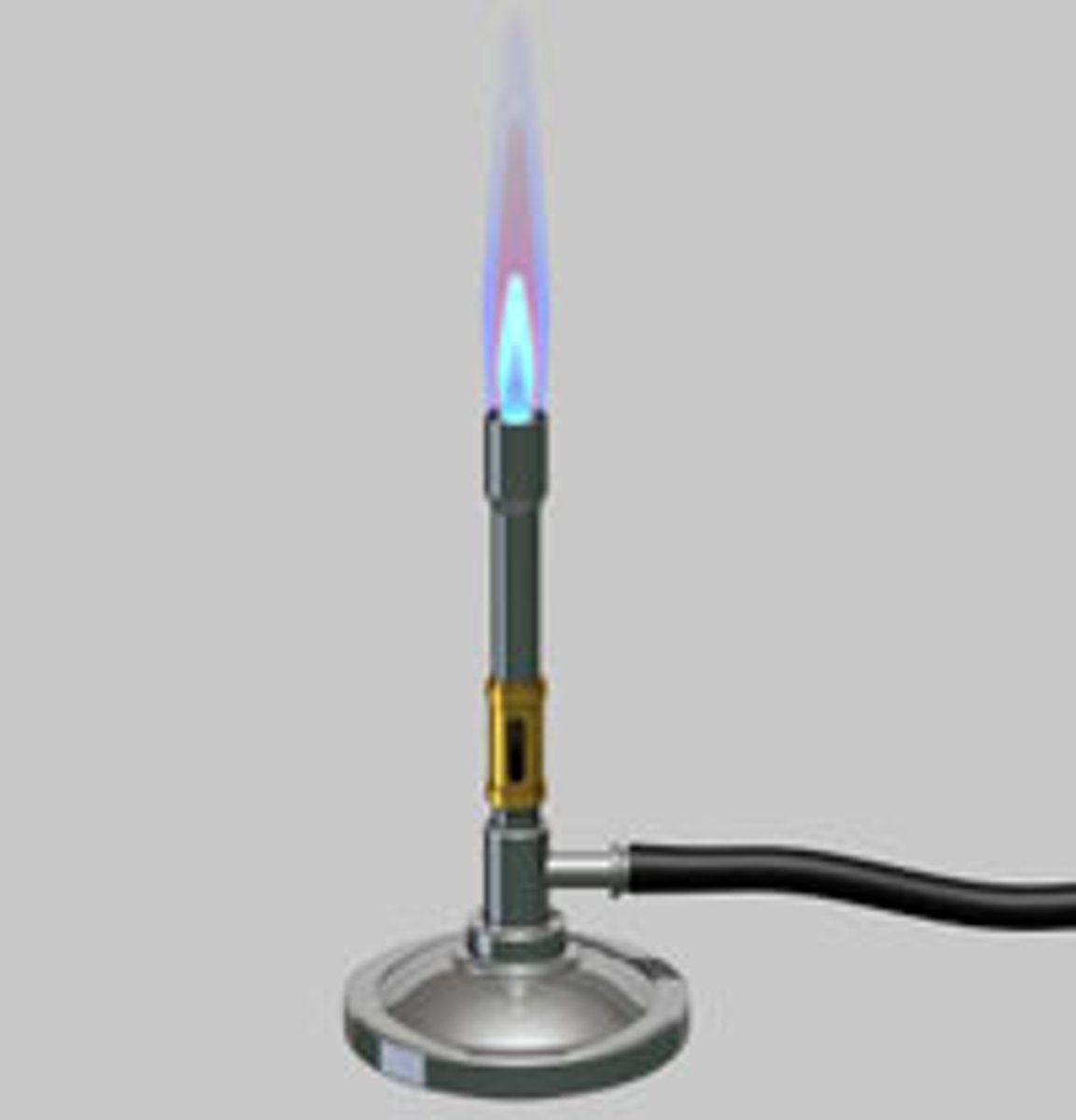
striker
used to start a Bunsen burner
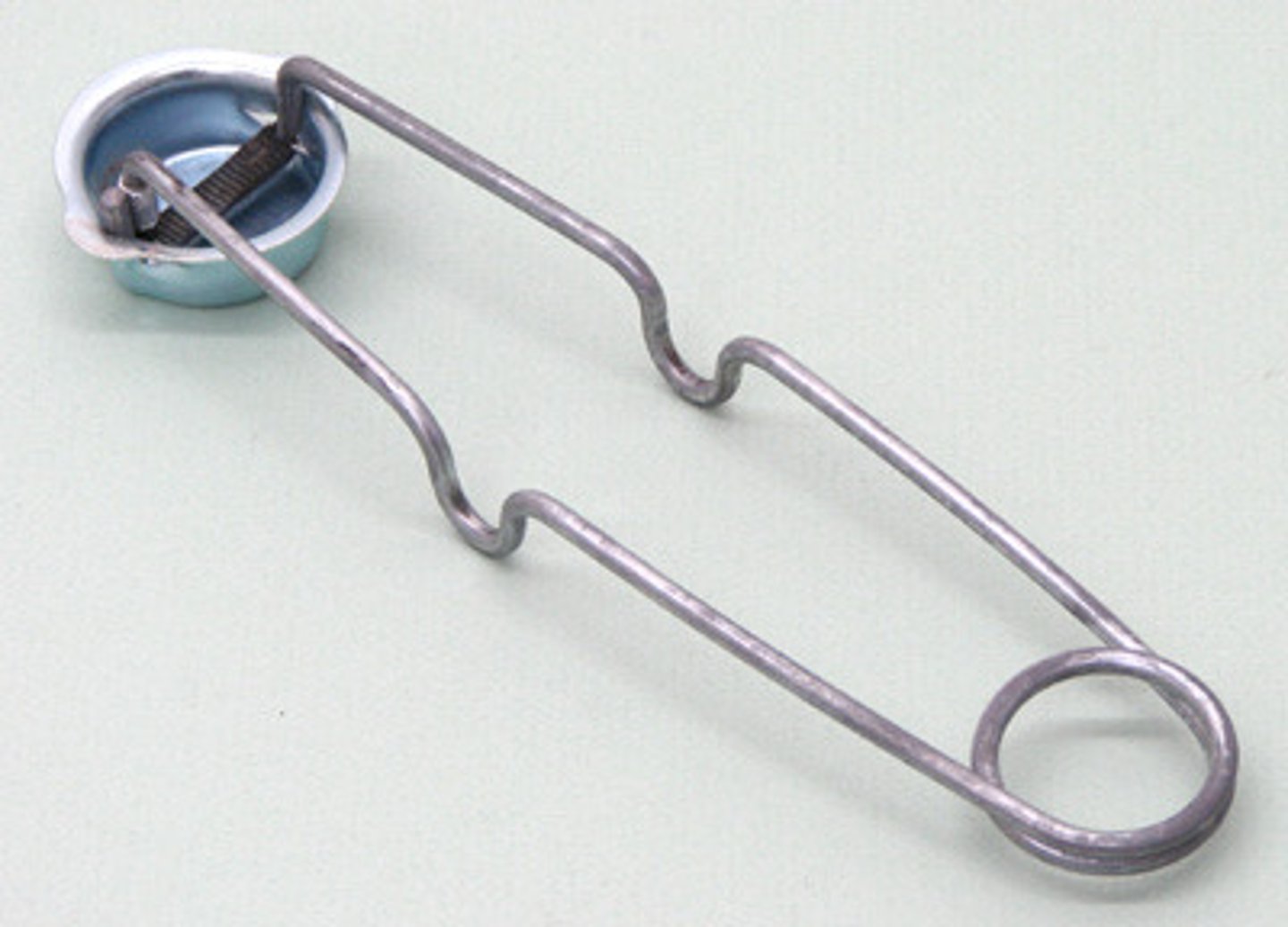
crucible
a ceramic or metal container where other substances may be melted at high temps
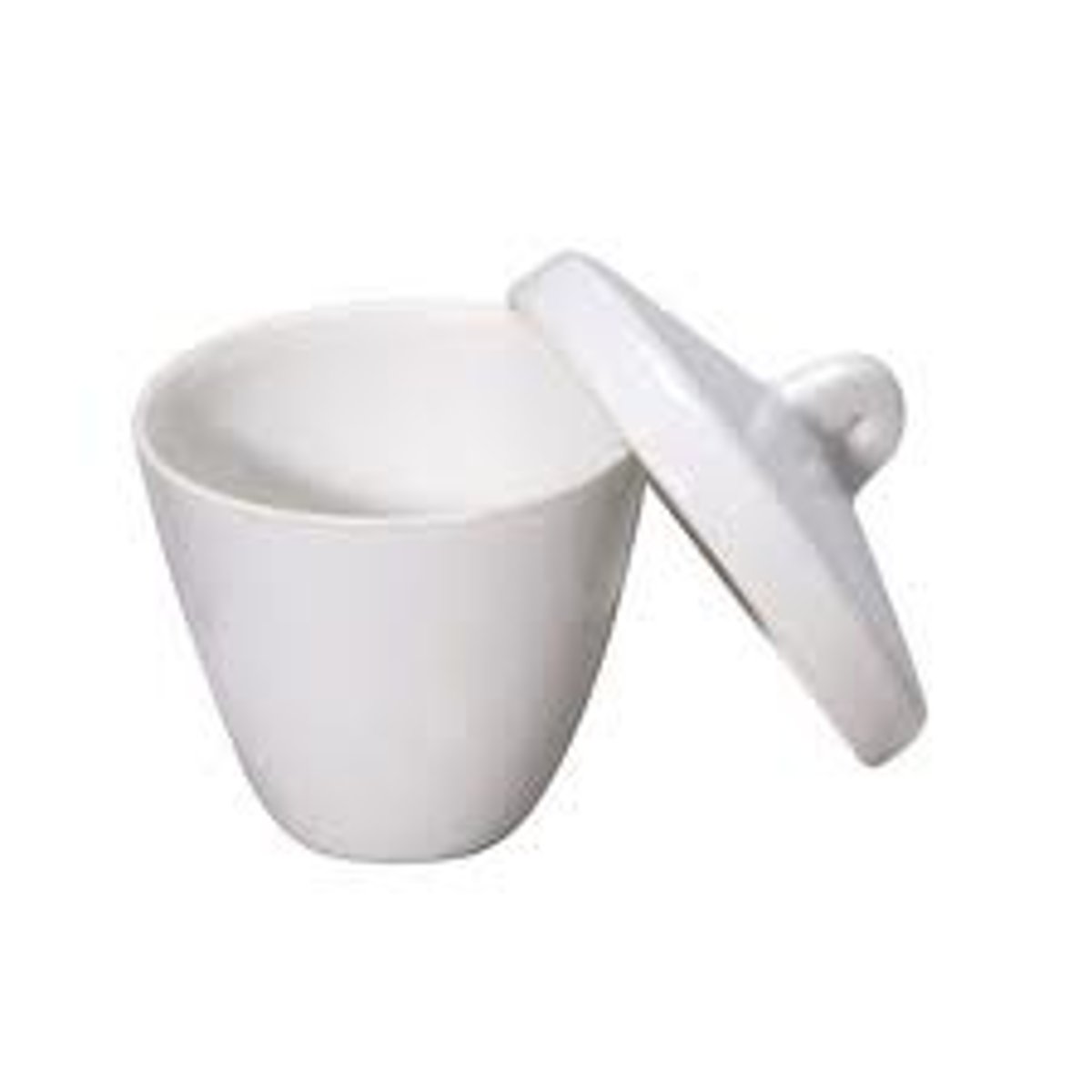
fire blanket
used for smothering fires
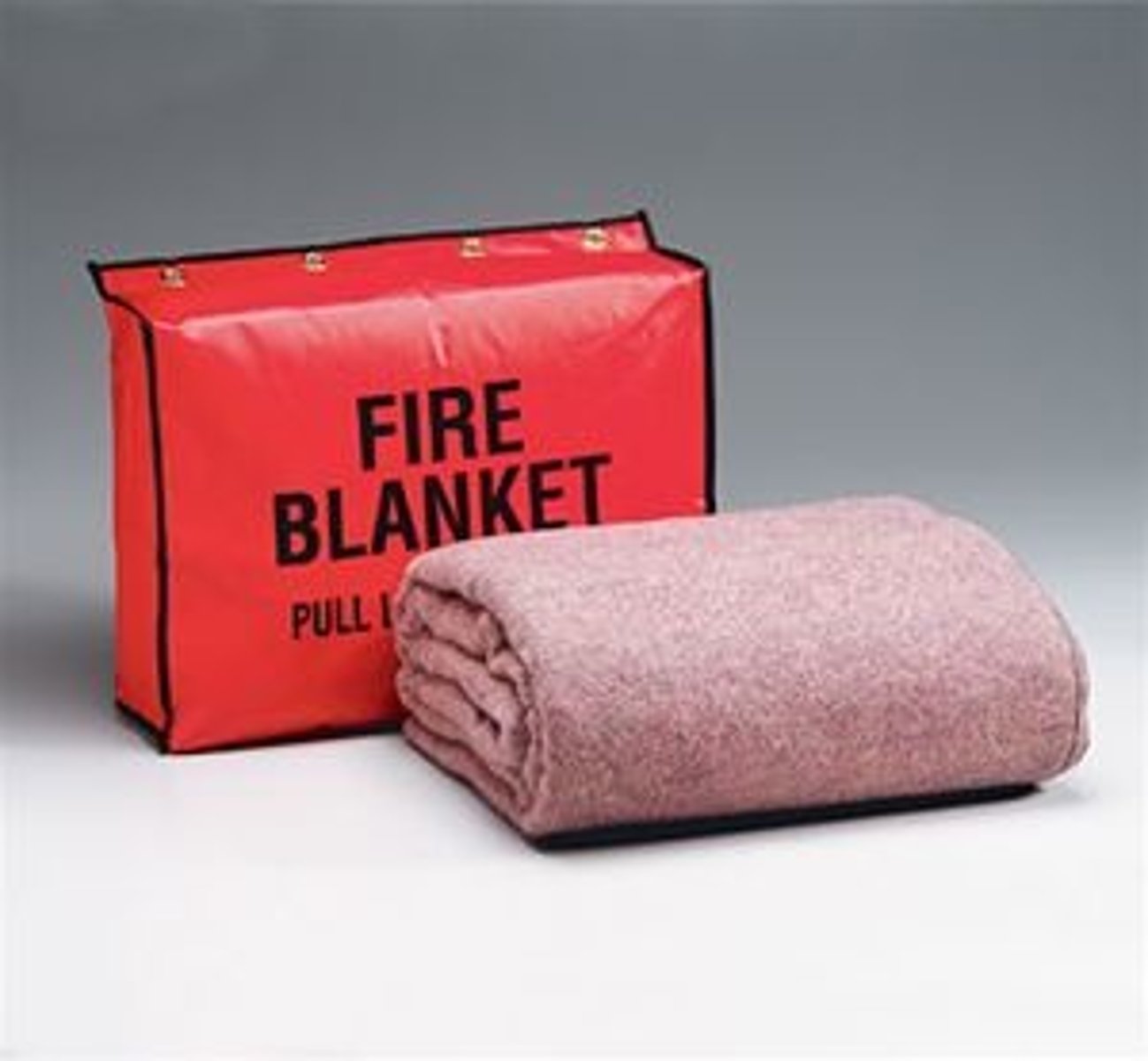
eye wash station
used for washing out chemicals that may have splashed into your eyes
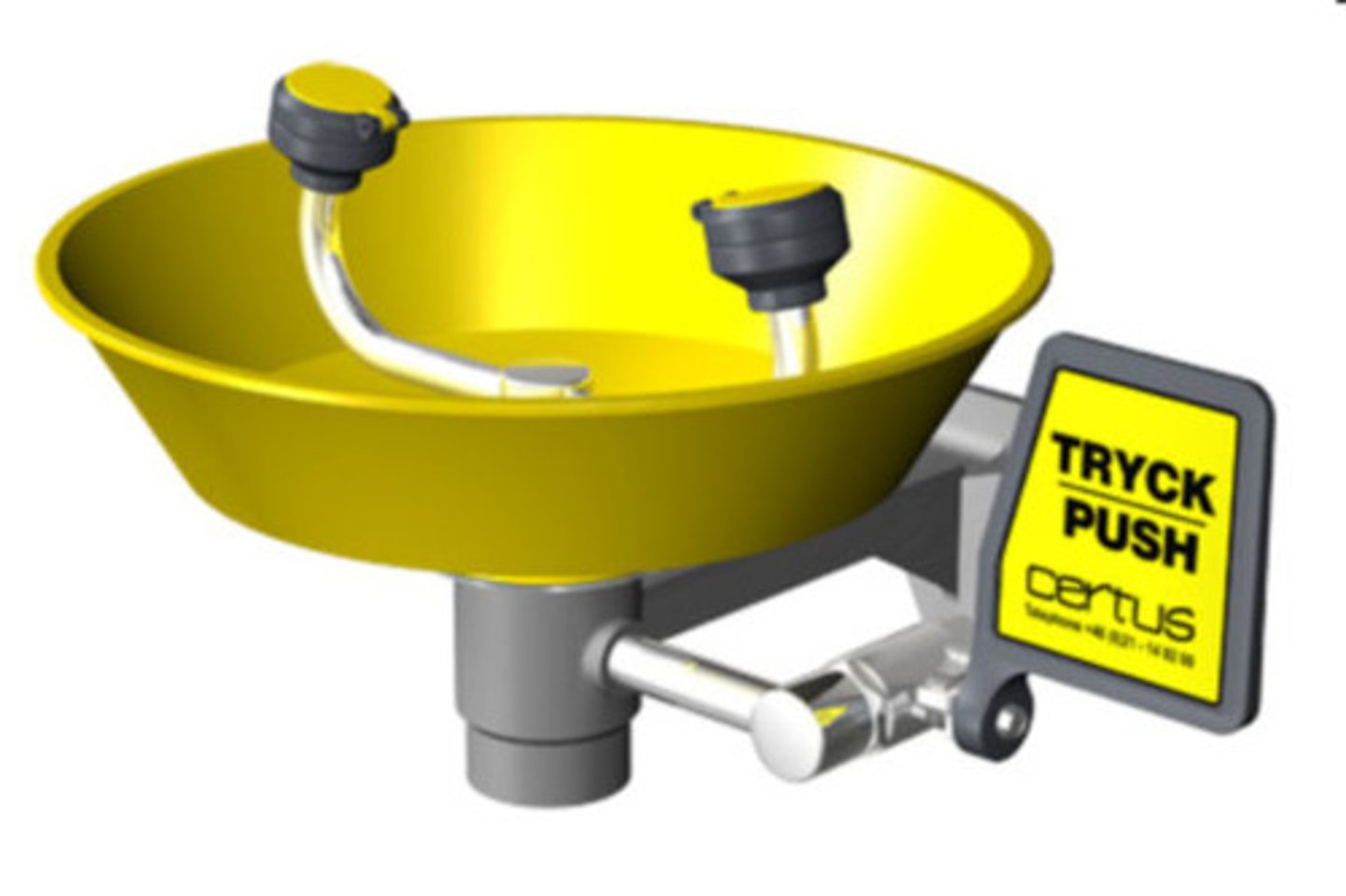
fire extinguisher
Used to put out a fire
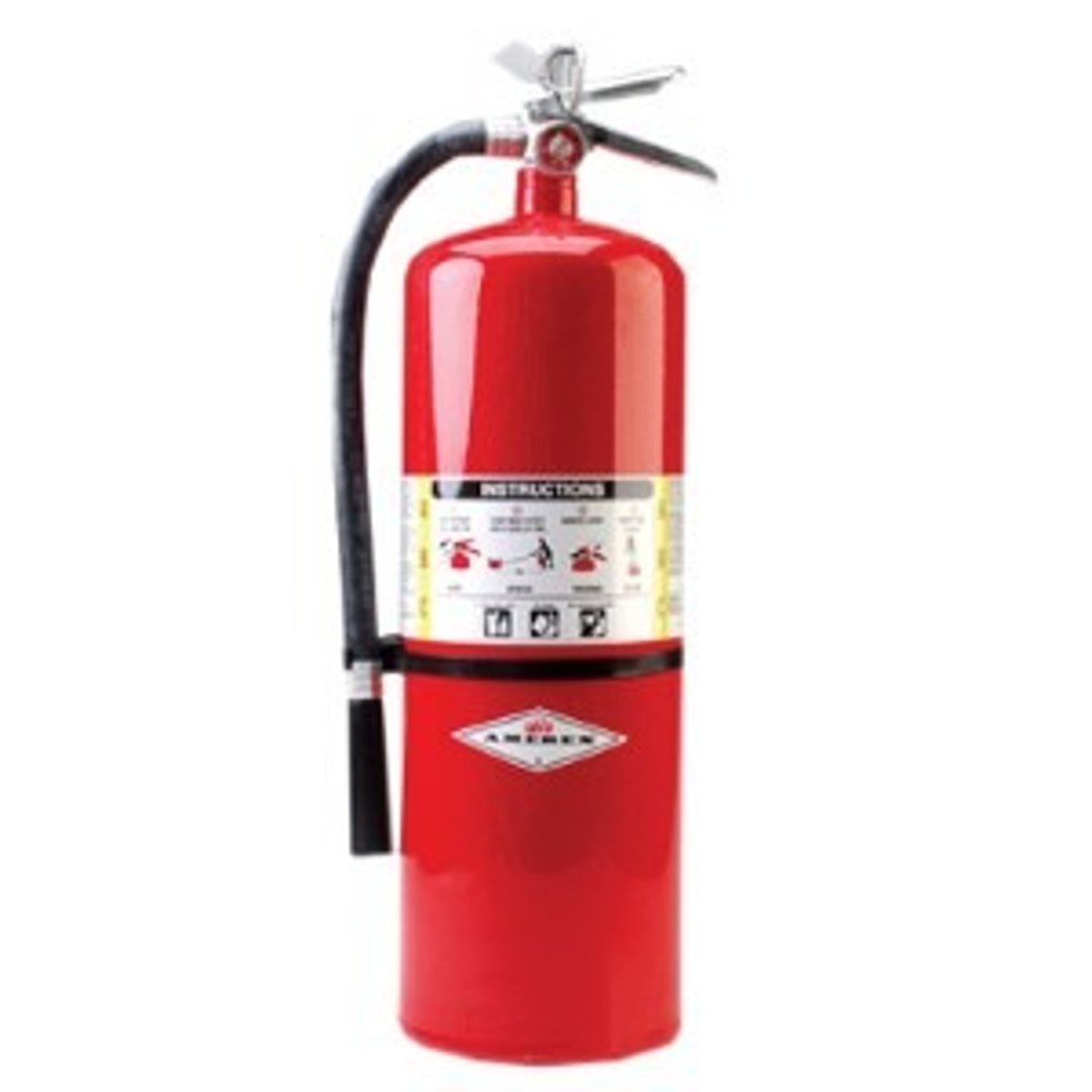
chemical fume hood
Used to ventilate hazardous fumes, vapors, gases, and dust

safety shower
used for washing away chemicals that may have come in contact with clothes/skin
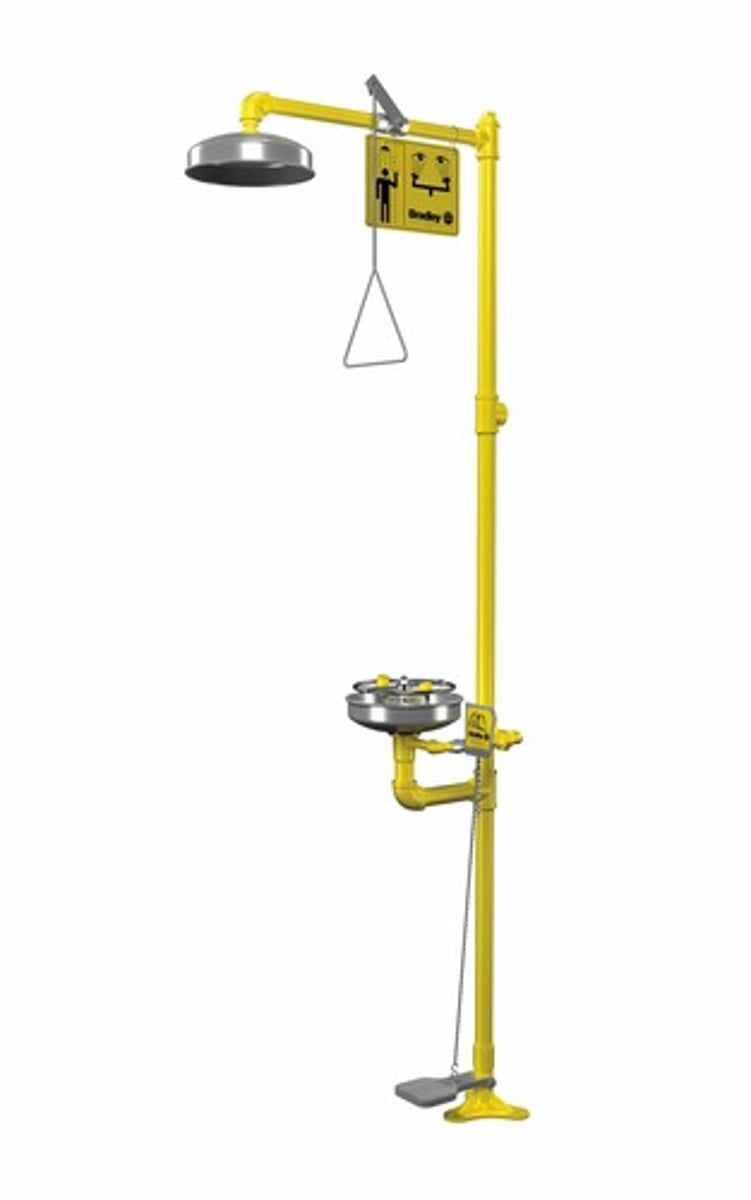
emergency stop button
used to shut off the entire room in an emergency event
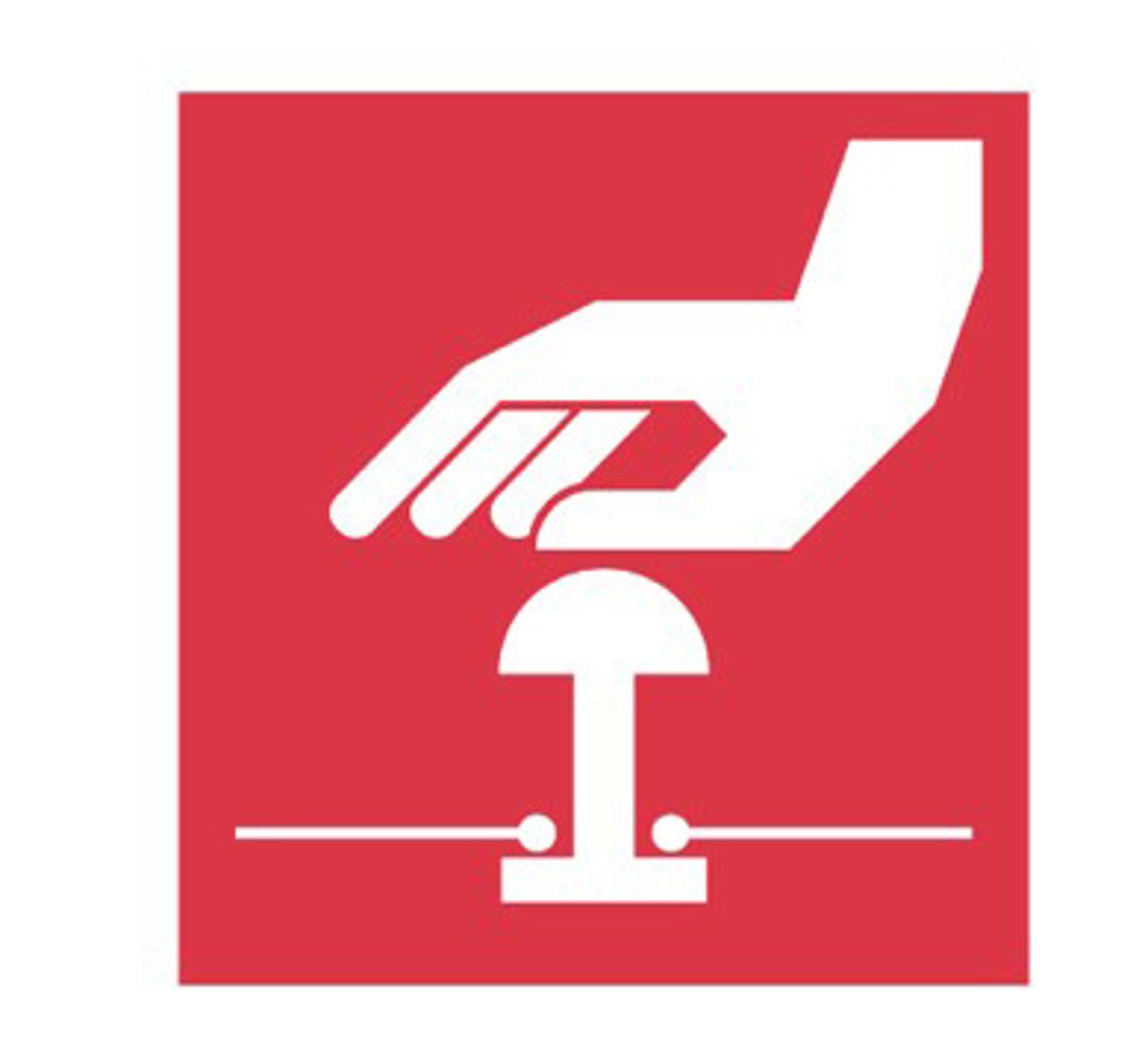
florence flask
used for mixing chemicals, narrow neck prevents splash exposure

test tube brushes
used ot clean test tubes and graduated cylinders
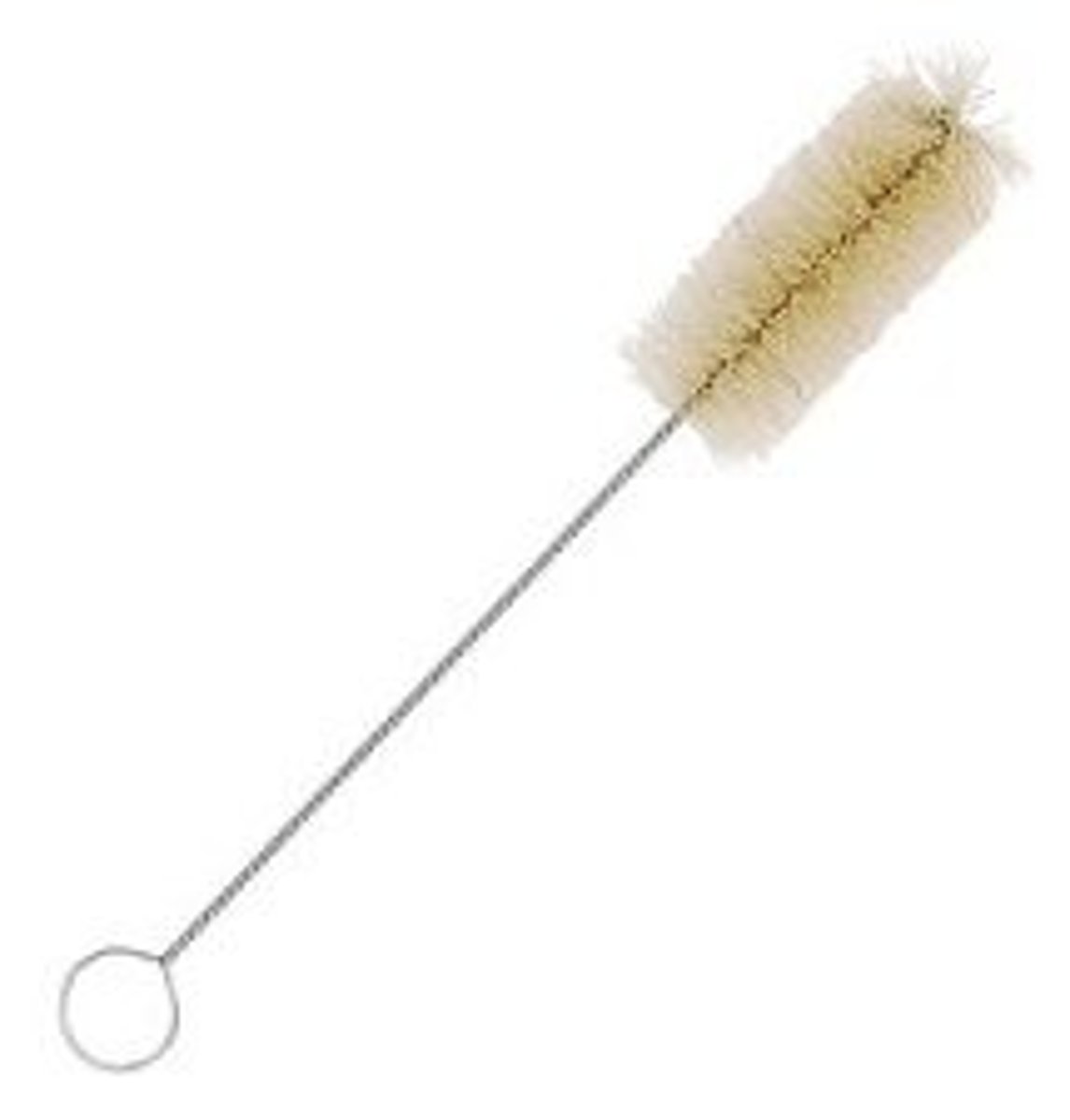
rubber stoppers
used to close containers to avoid spillage or contamination
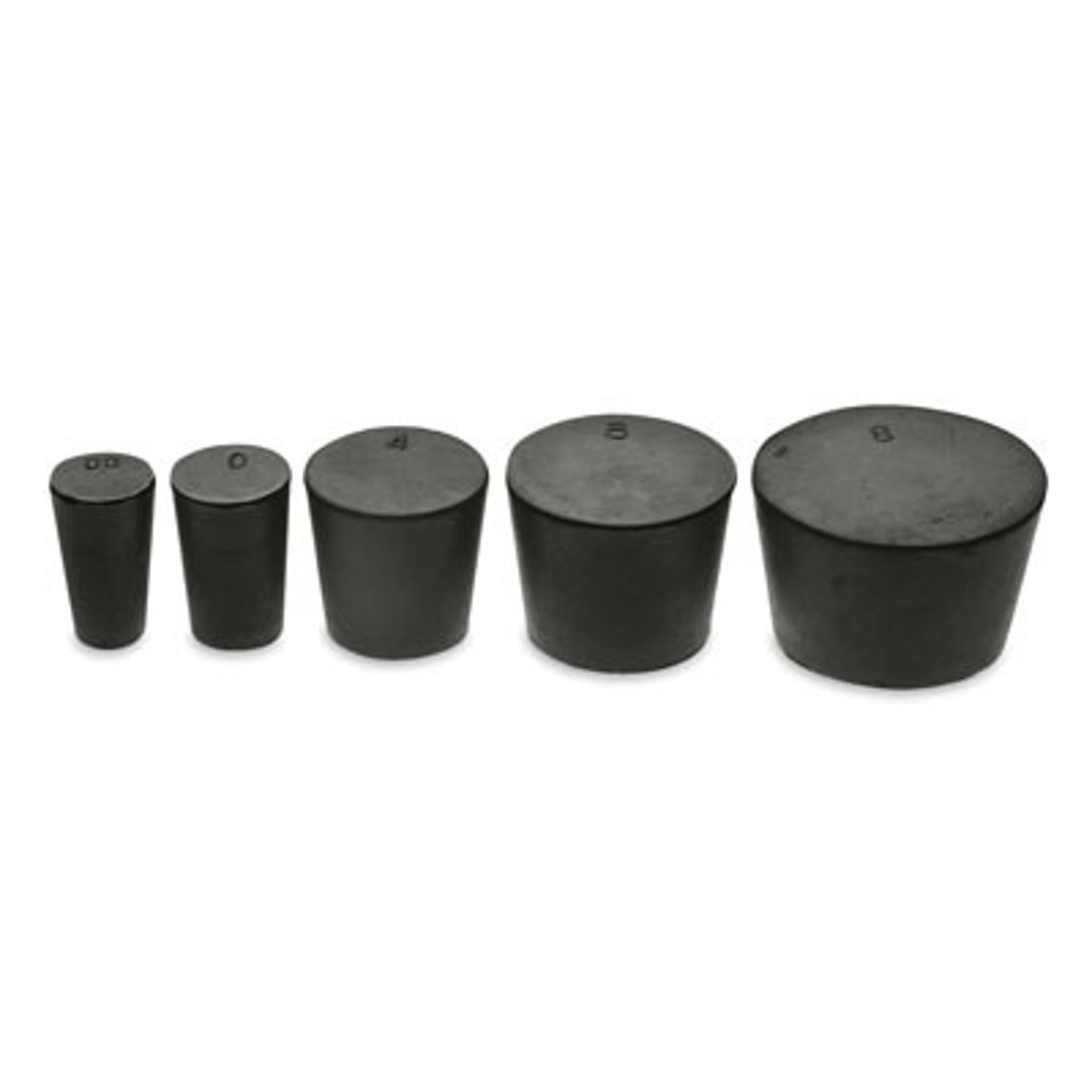
glass stirring rod
used to manually stir solutions
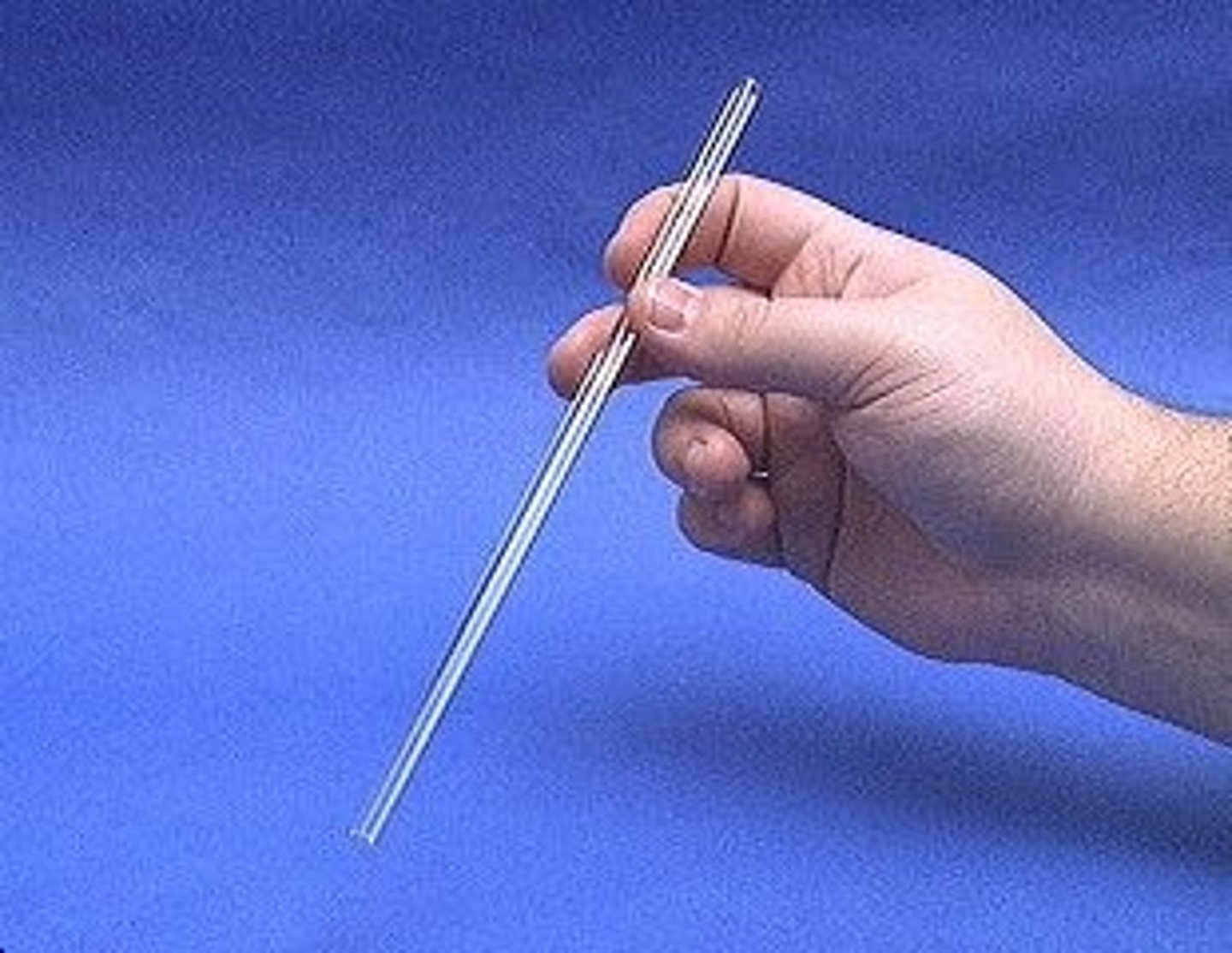
rubber policeman
An attachment to a stirring rod used to transfer solids from inside a beaker to another glass surface
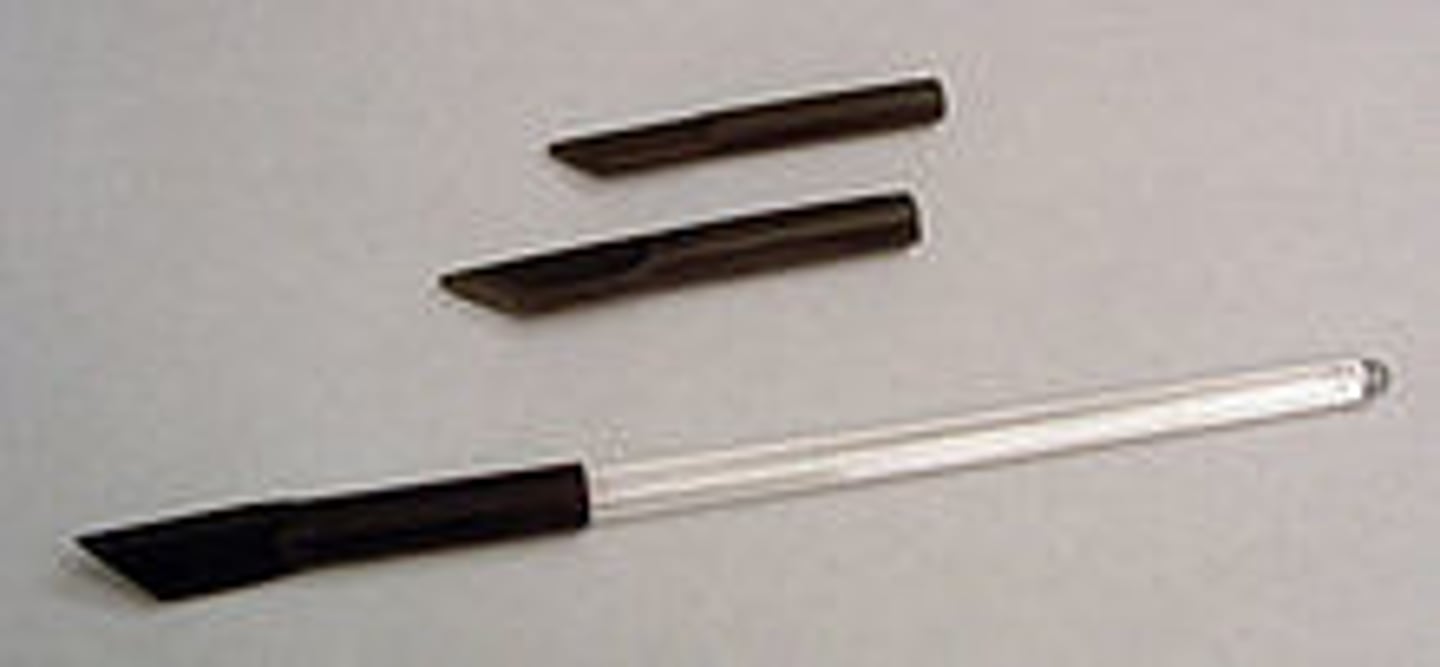
forceps
used to pick up small objects
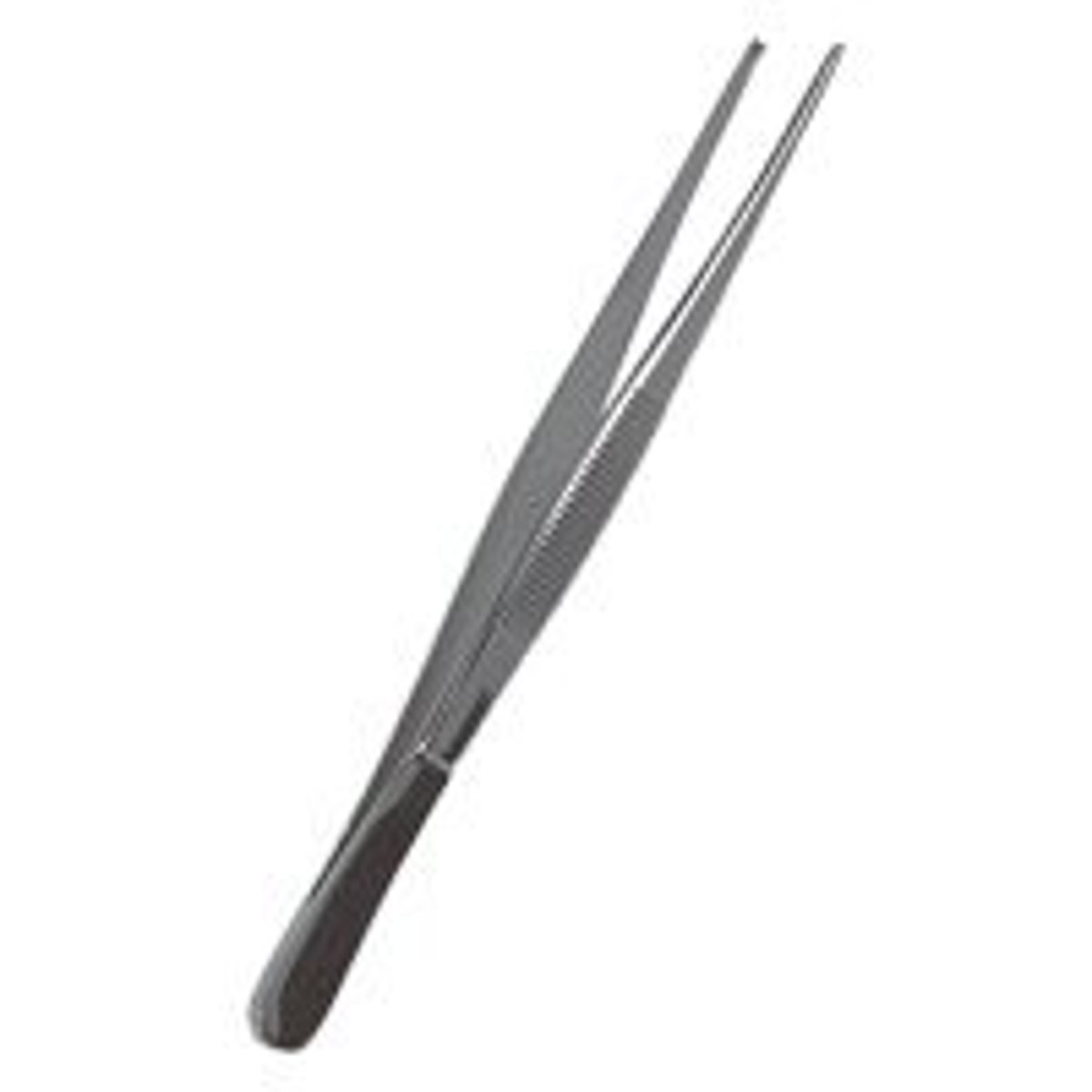
watch glass
used to hold a small amount of solid, such as the product of a reaction
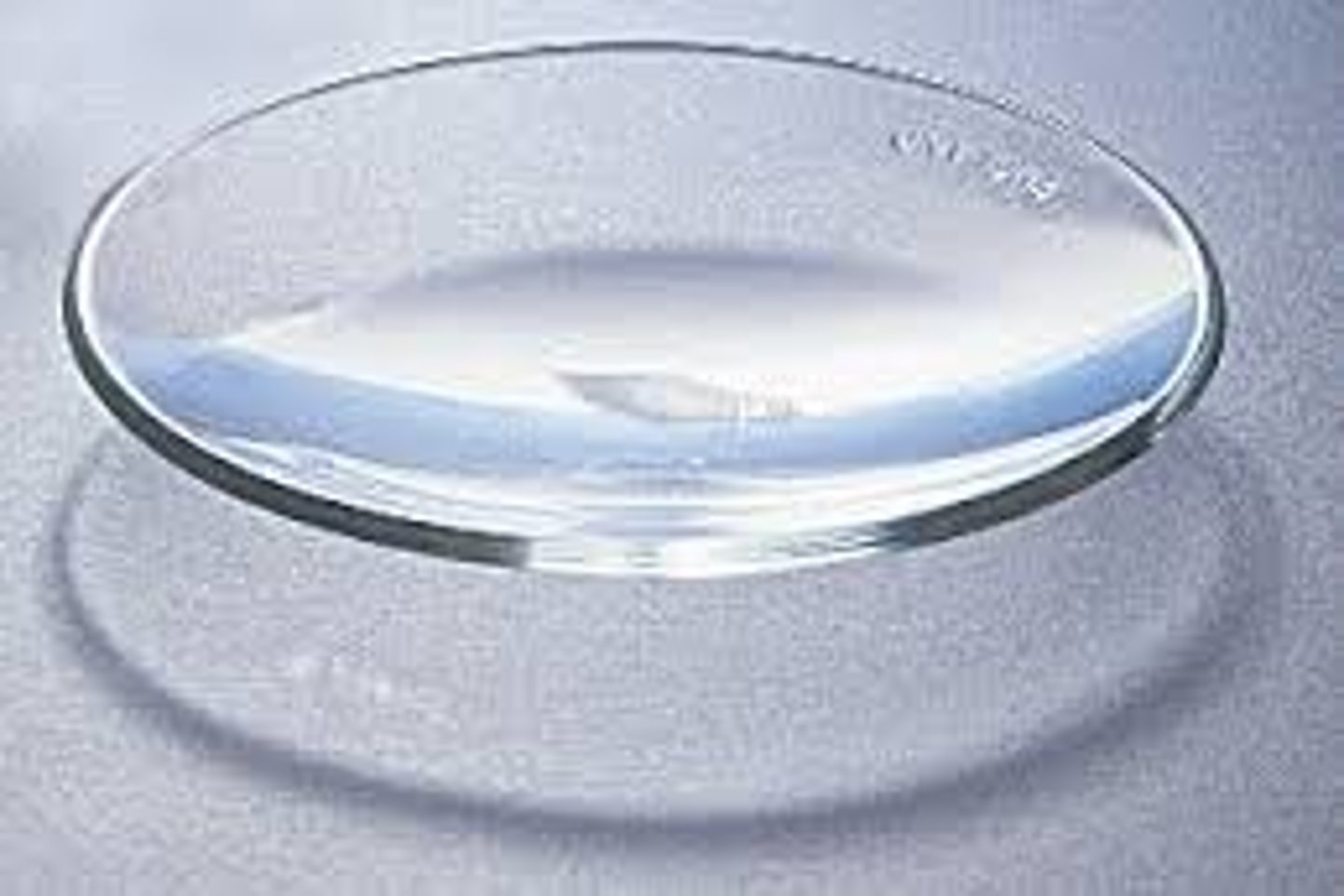
weighing boat
used to weigh solids that will be transferred to another vessel
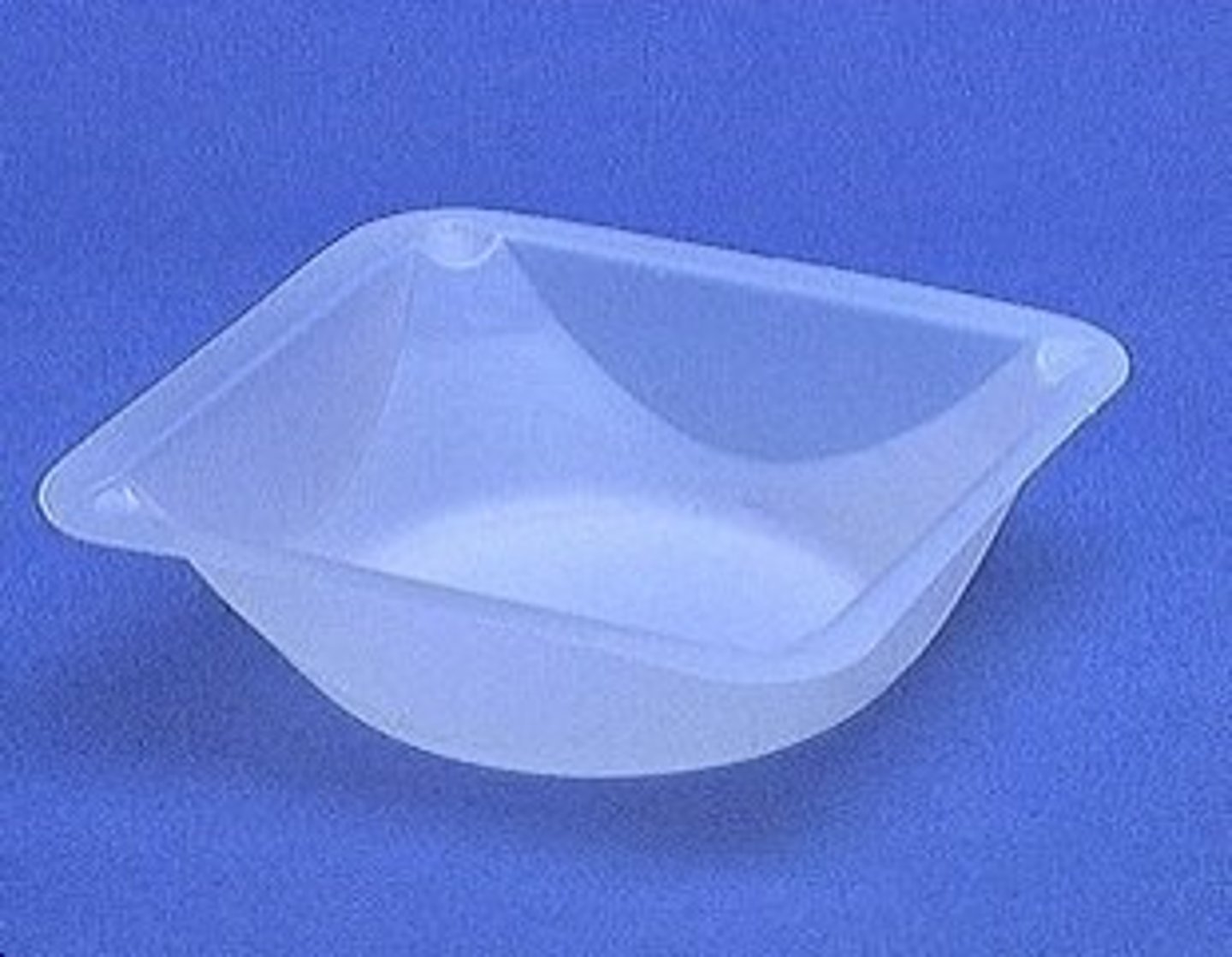
evaporating dish
used for heating stable solid compounds and elements
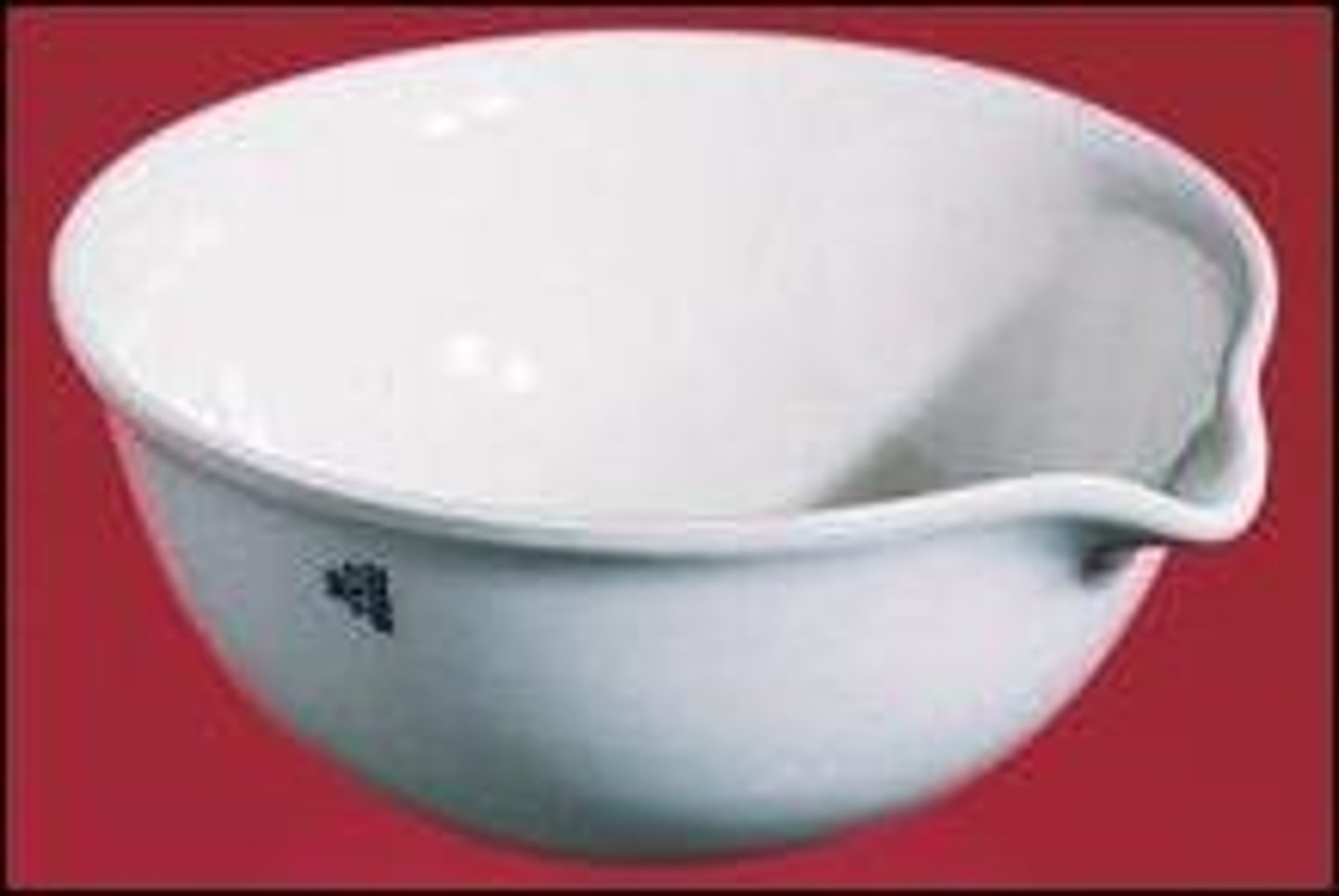
clay triangle
used to support porcelain crucibles when being heated over a Bunsen burner
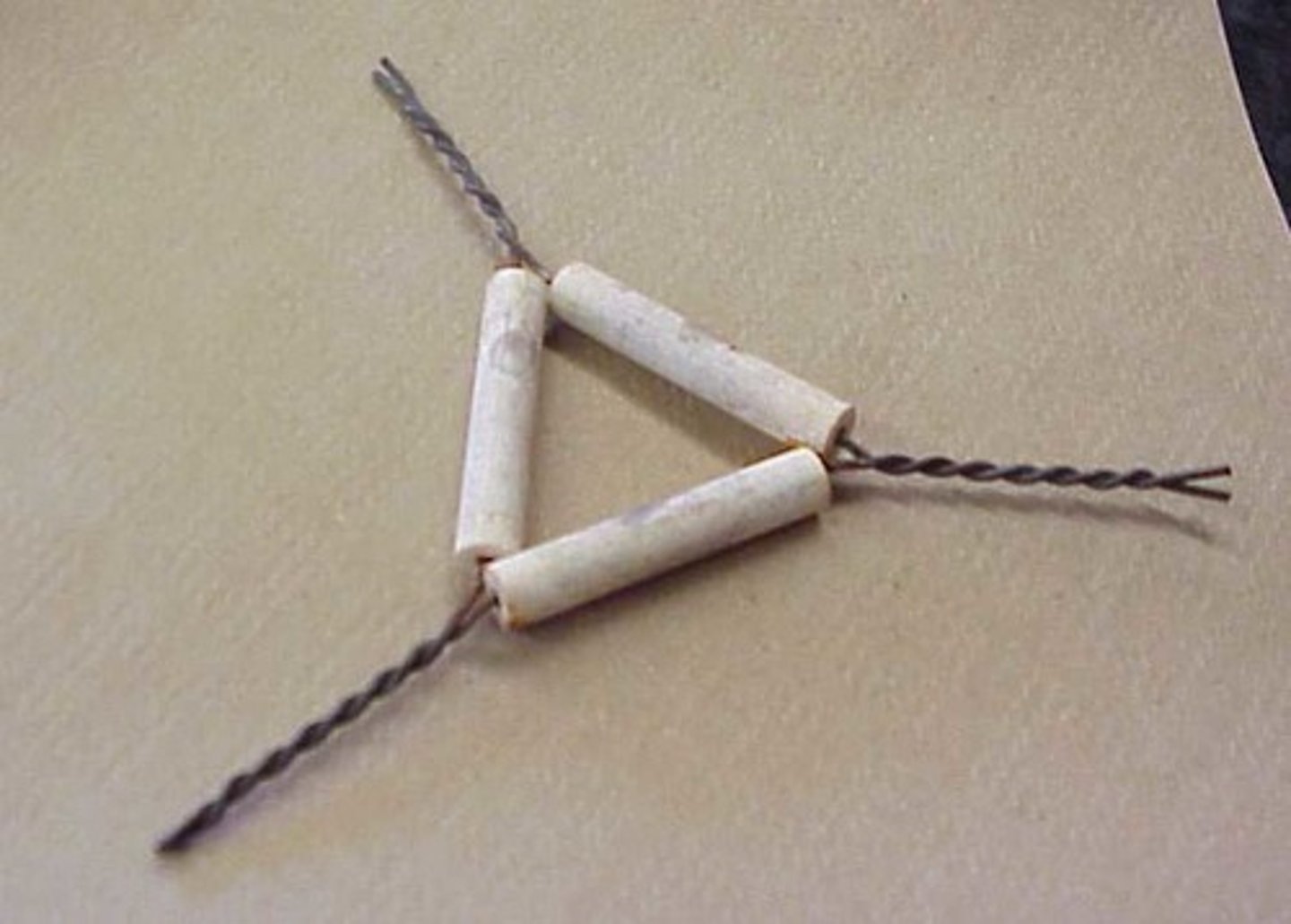
ring stand
used for a safe and convenient way to perform reactions that require heating using a Bunsen burner
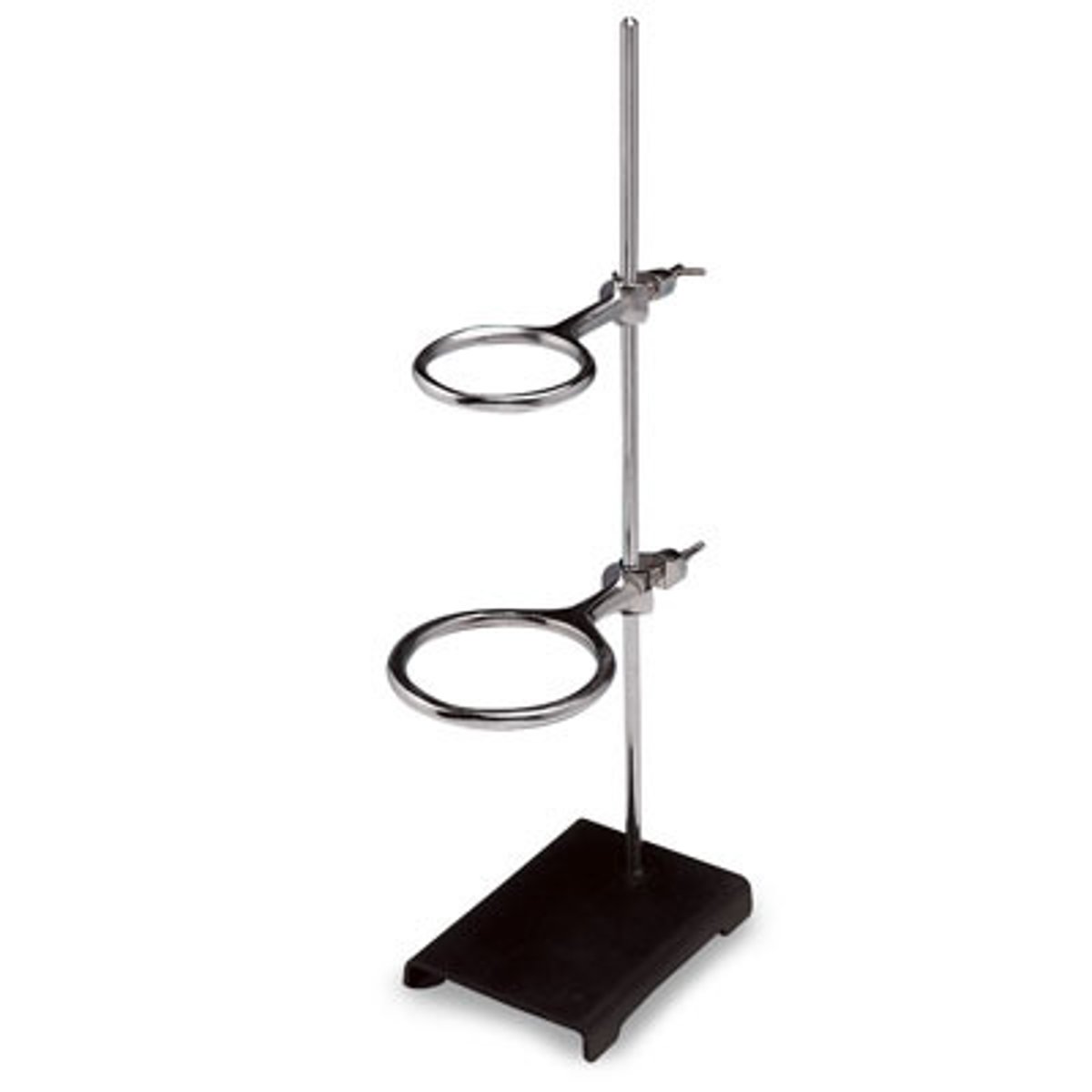
utility clamps
used to secure test tubes, distillation columns, and burets to the ringstand
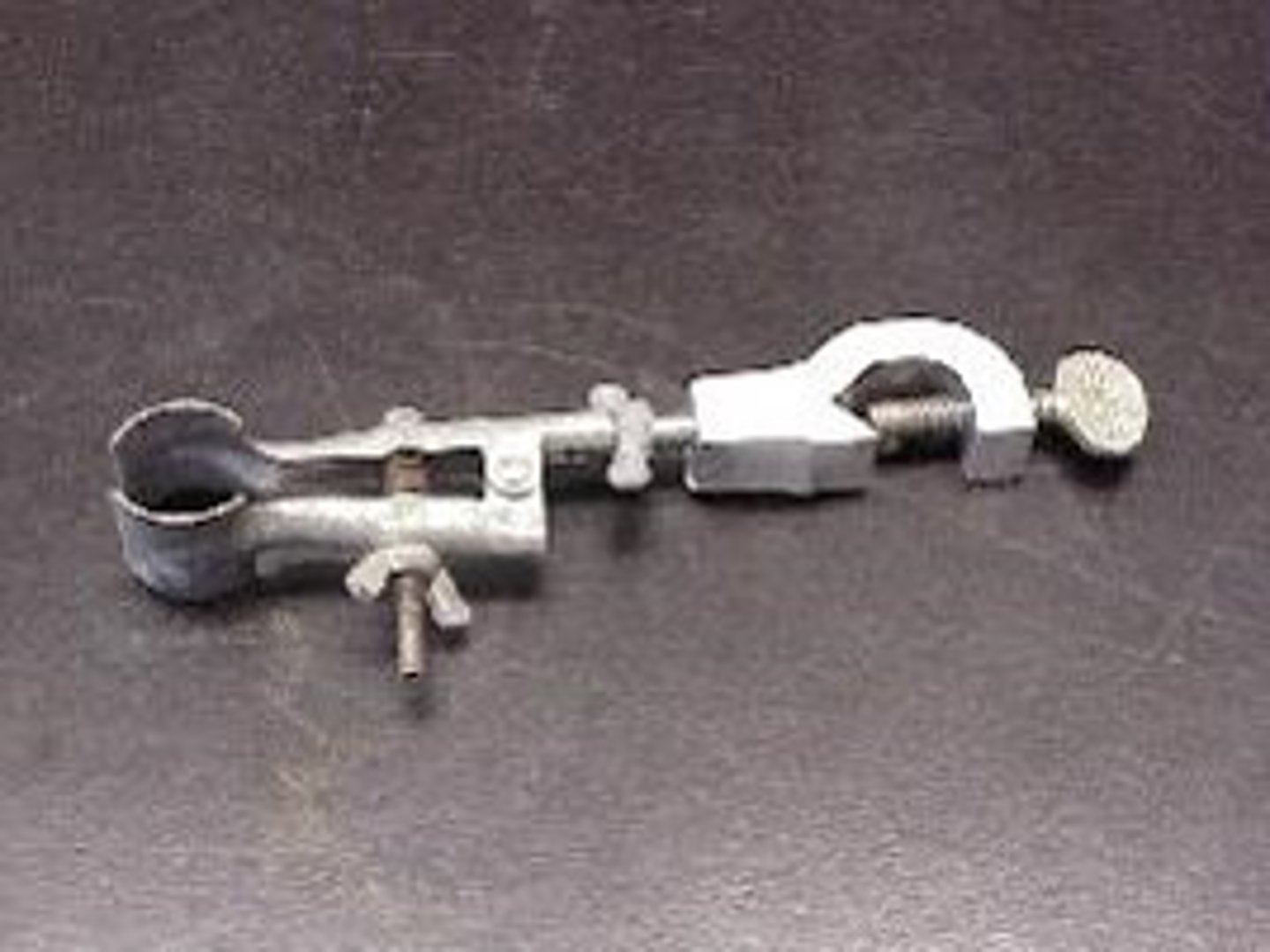
iron ring
connects sto a ring stand and providess a stable elevated platform for the reaction
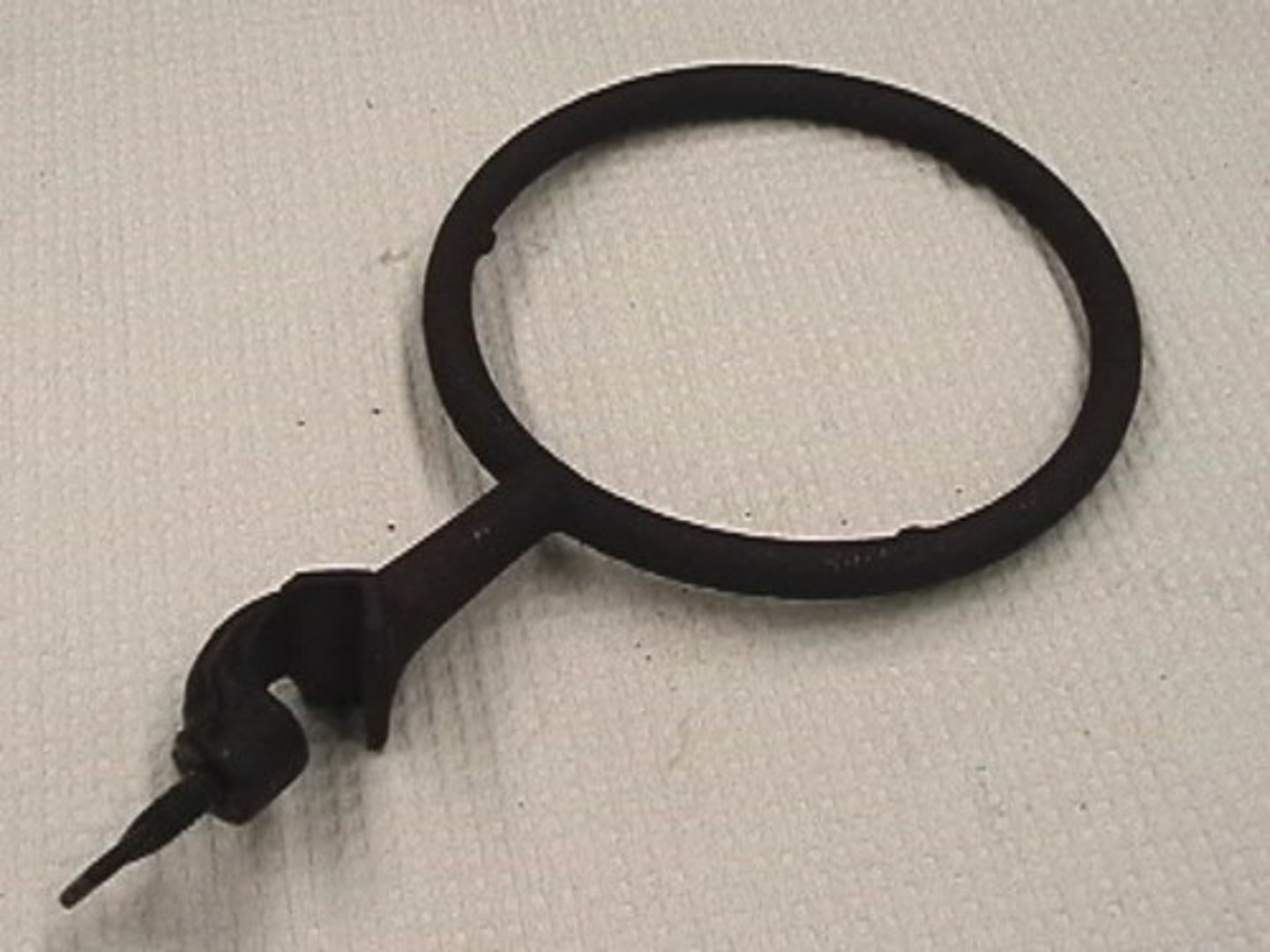
wire gauze
sits on the iron ring to provide a place to stand a beaker
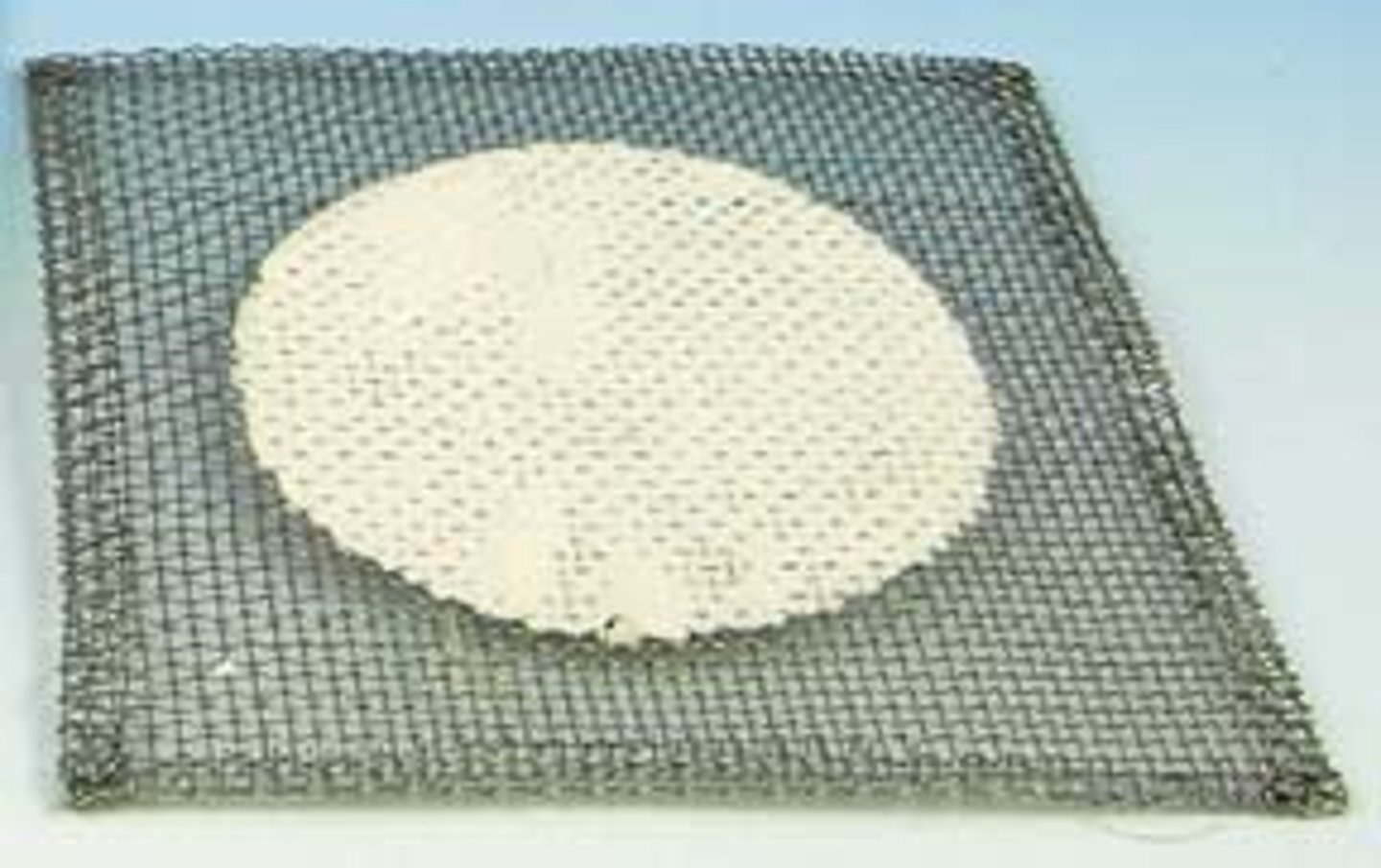
double buret clamps
used to hold curets during titration
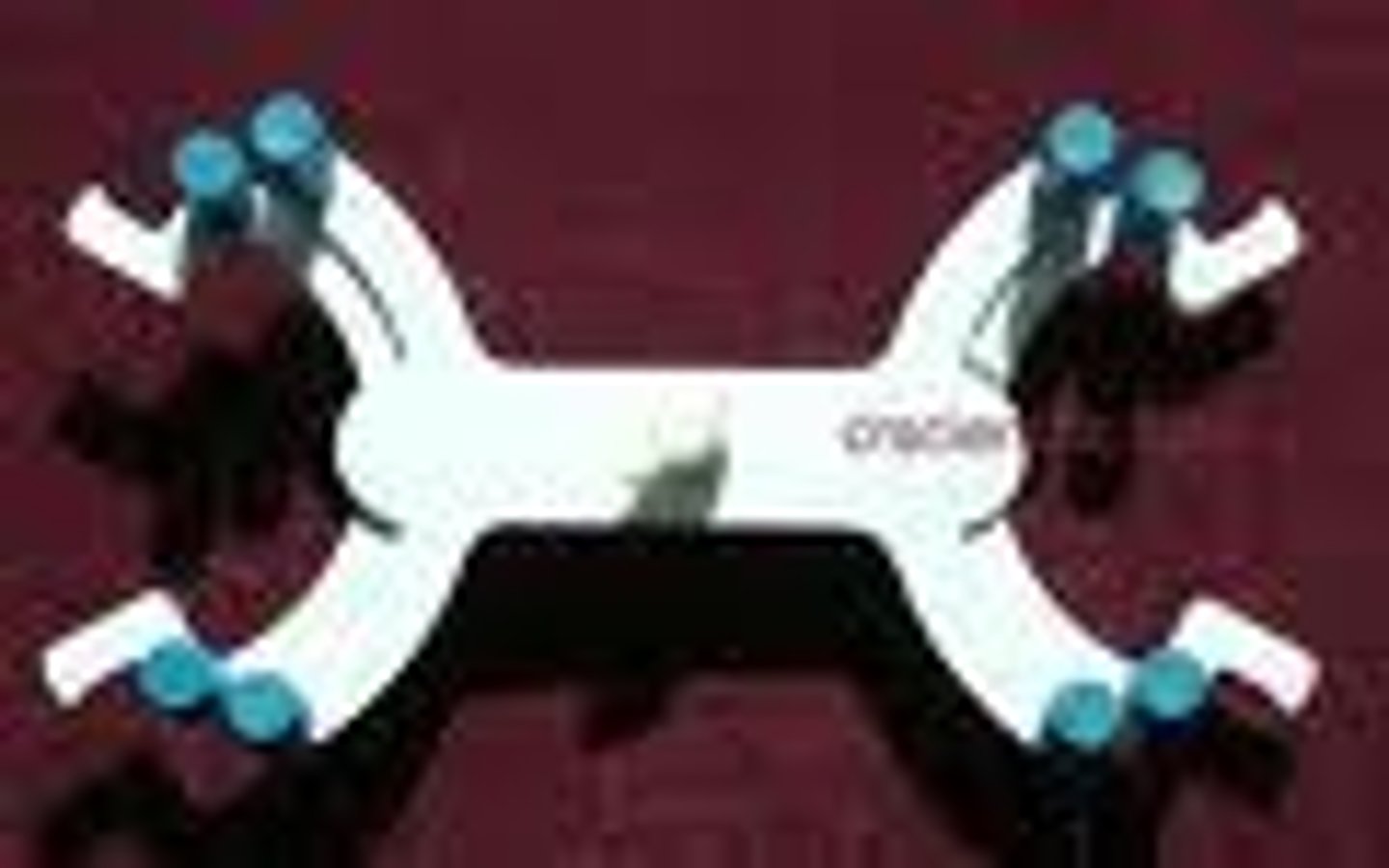
buret
glass tubes with fine gradation and a stopcock at the bottom, used for accurate fluid dispensing and titration

stopcock
A small handle that controls the delivery of the liquid on a buret
litmus paper
Red paper is used to identify bases, and blue is used to identify acids
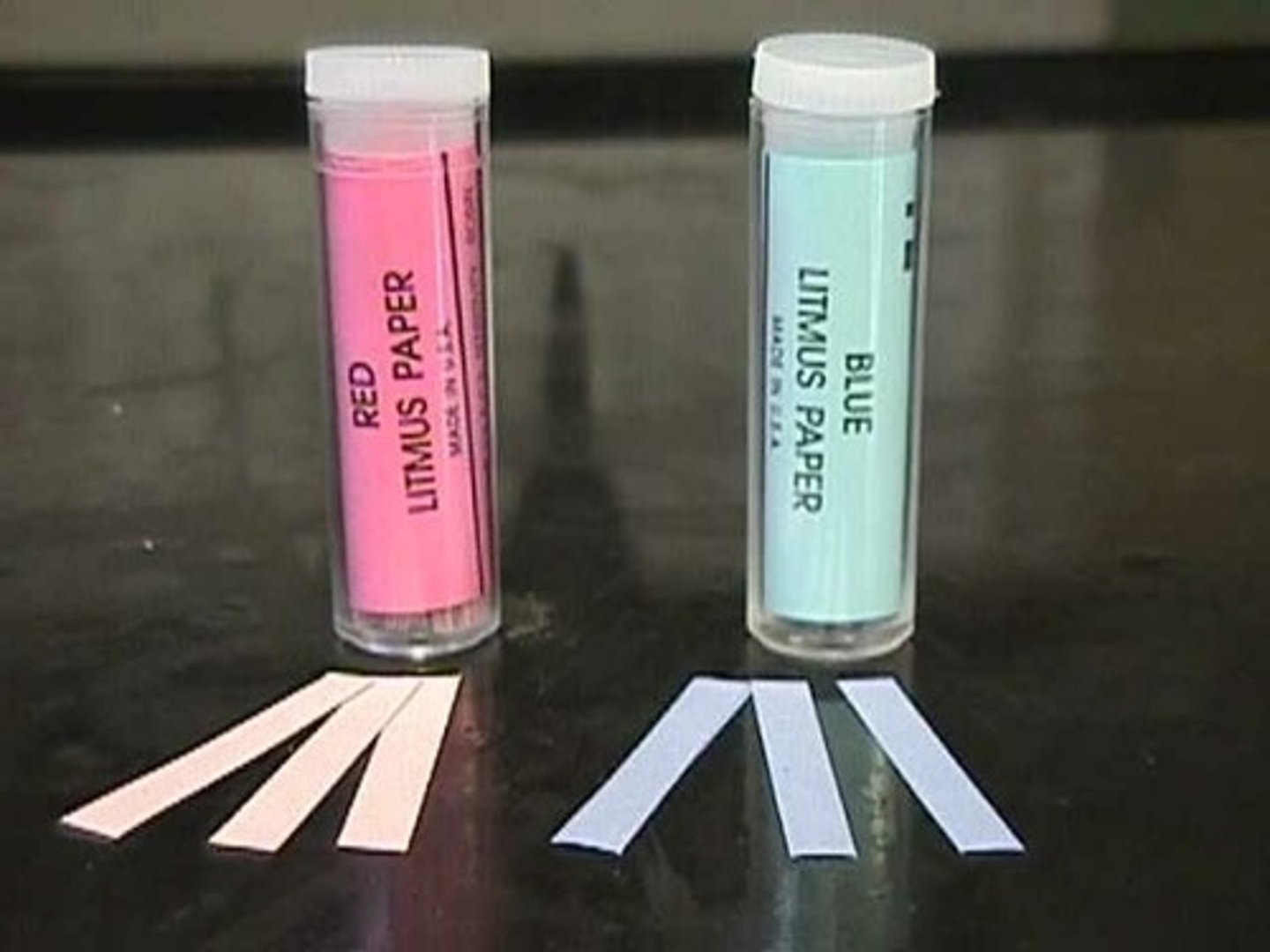
mohr pipet
used to measure and deliver exact volumes of liquid using a bulb or a pump
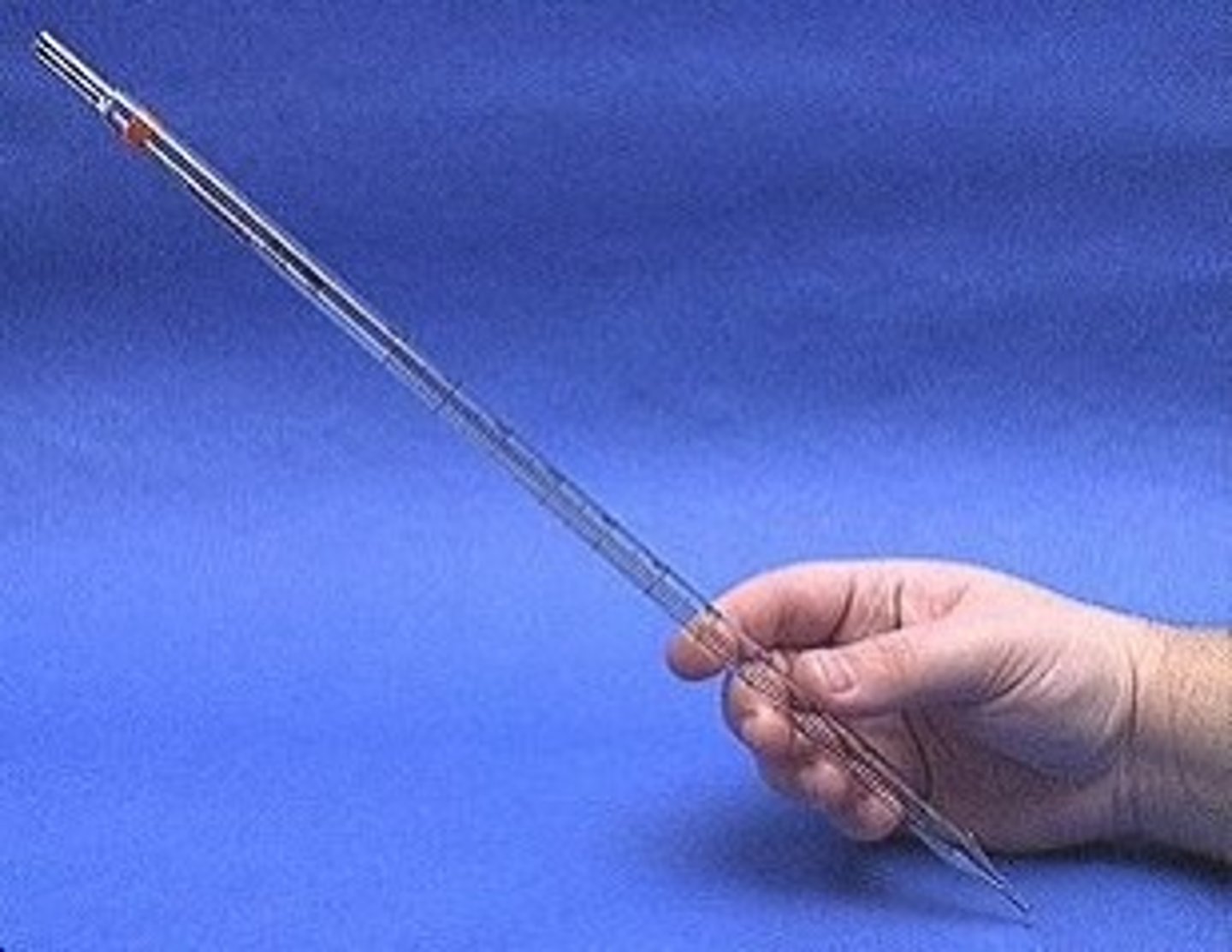
mohr pipet pump and bulb
Siphons the liquid into the pipette to the desired level by turning the wheel on the pump or squeezing the rubber bulb
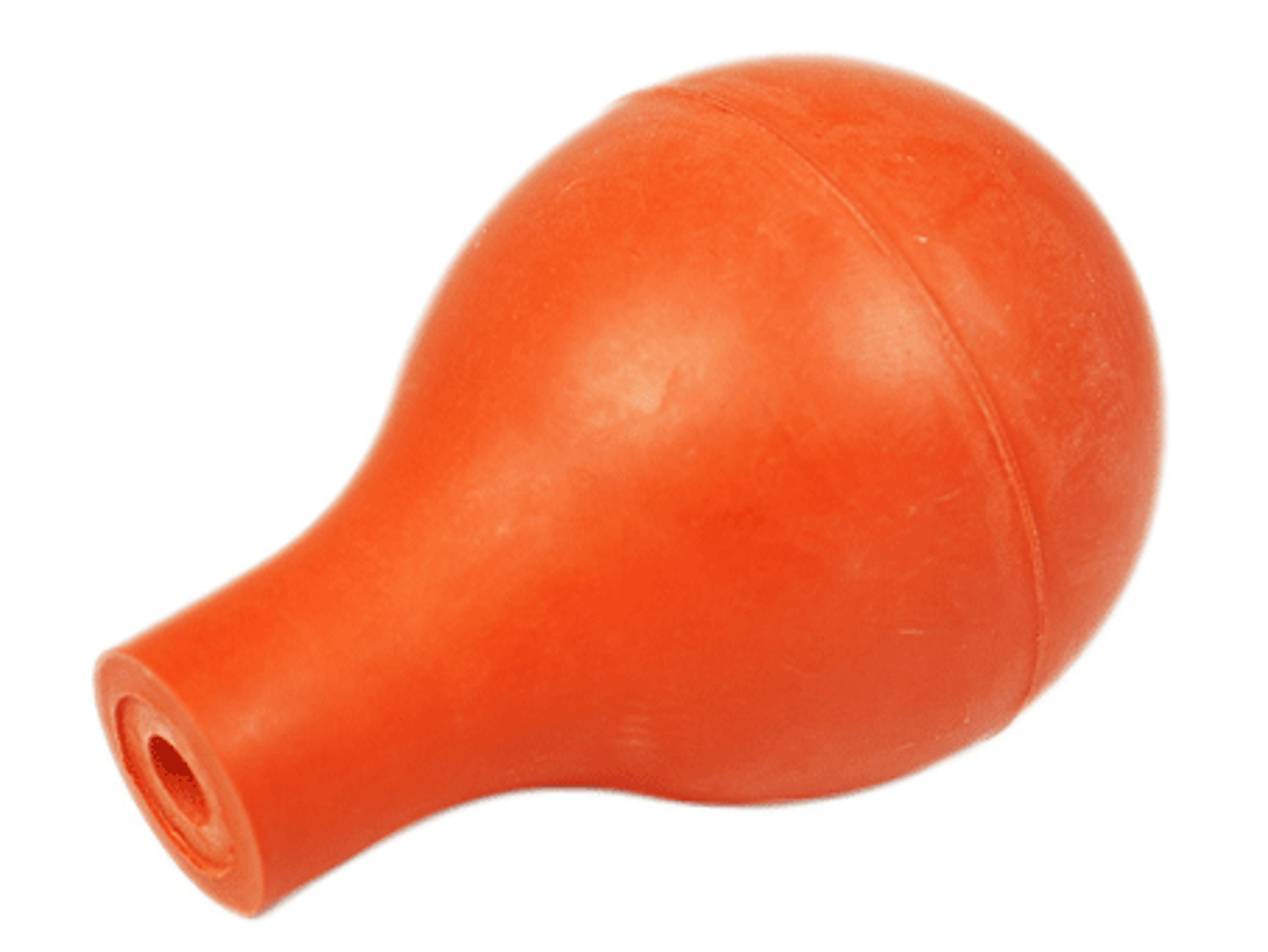
scoopulas
used to transfer solids into a weighing container from their original containers

conductivity meter
used to test to see if a solution is electrolytic
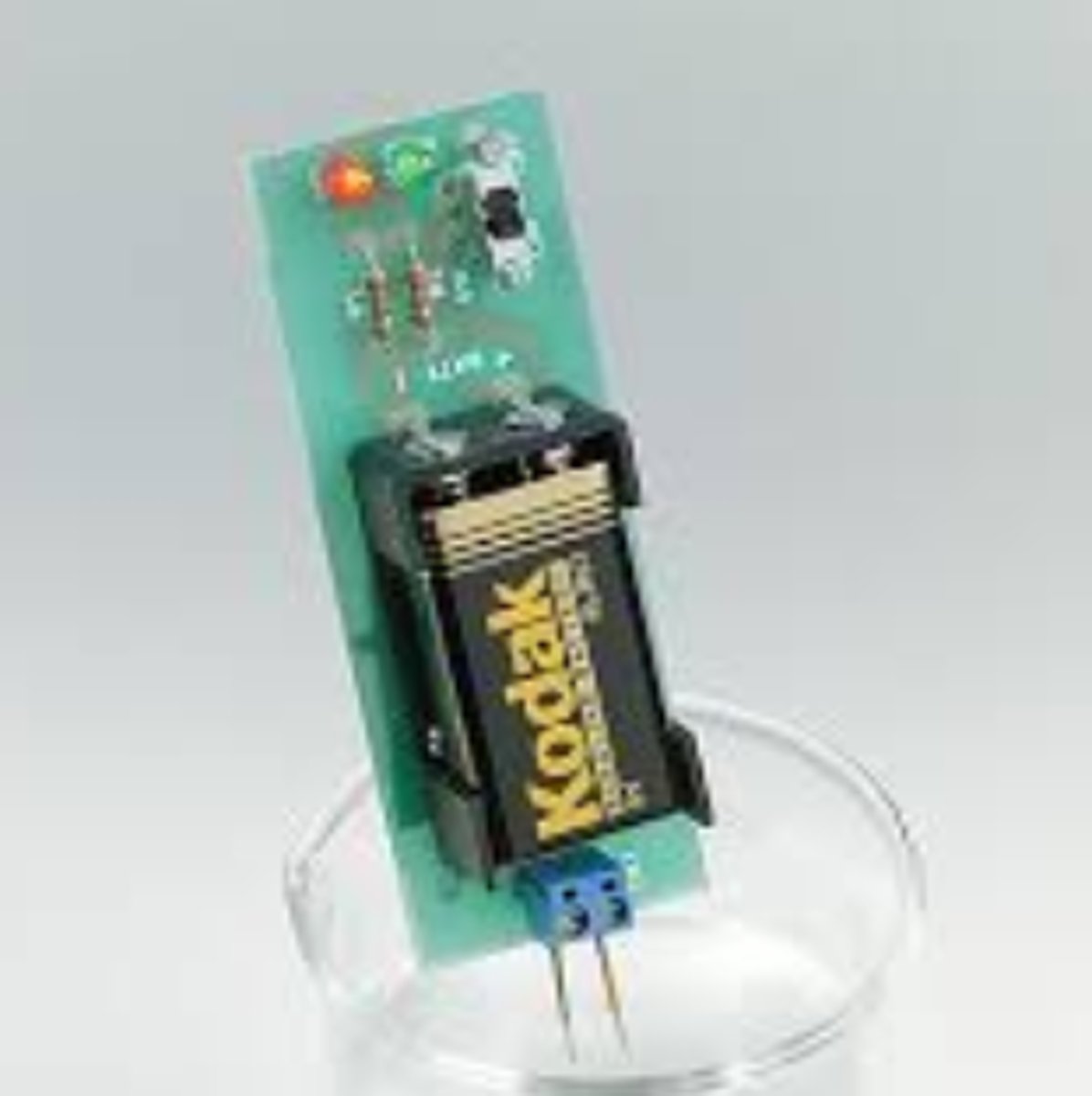
distillation apparatus
used to separate a mixture of compounds based on boiling point
